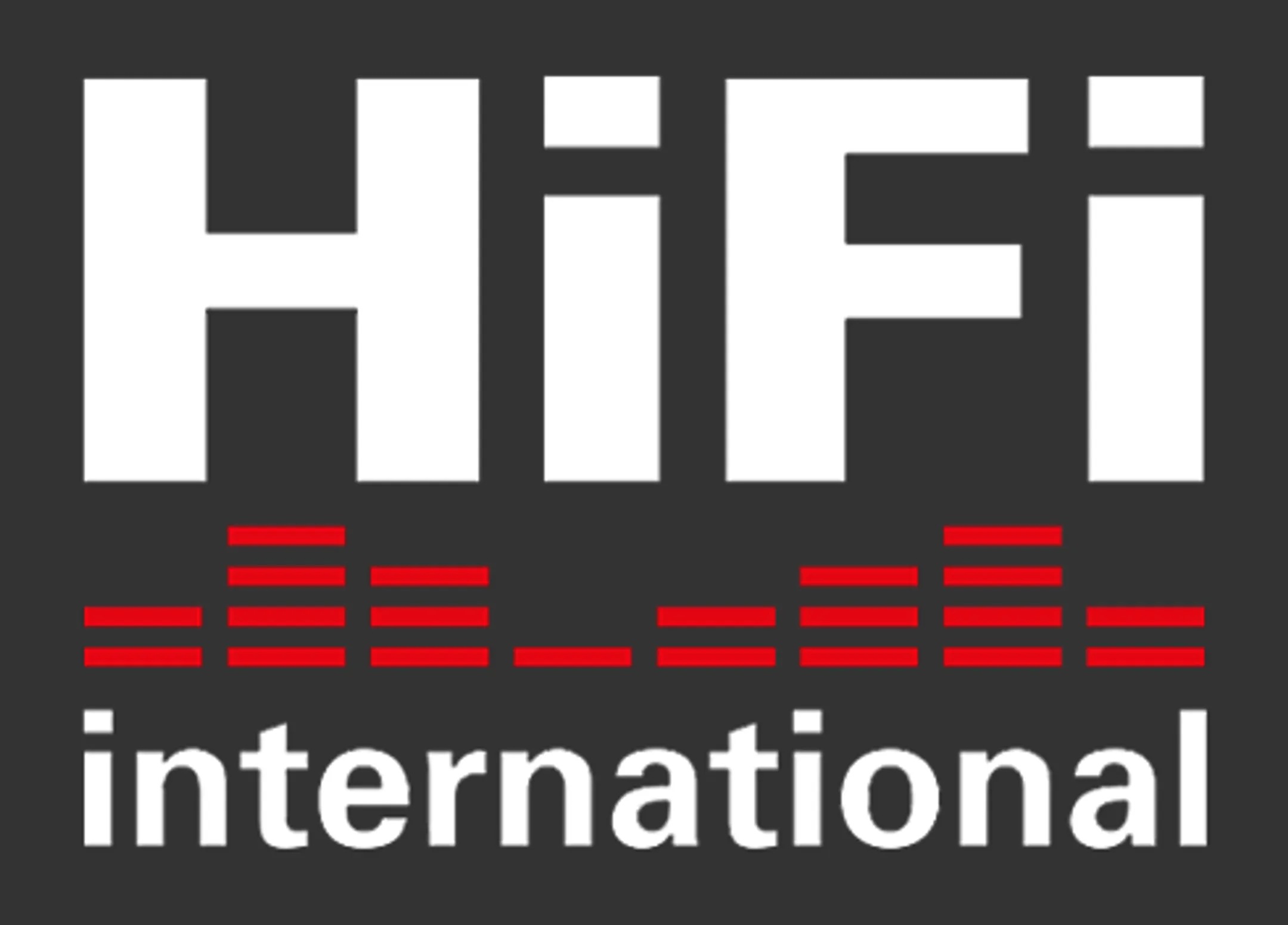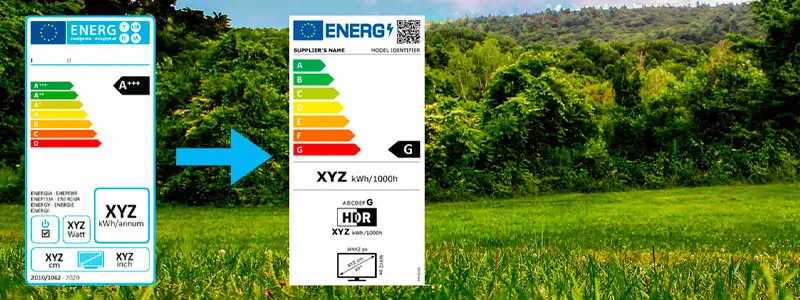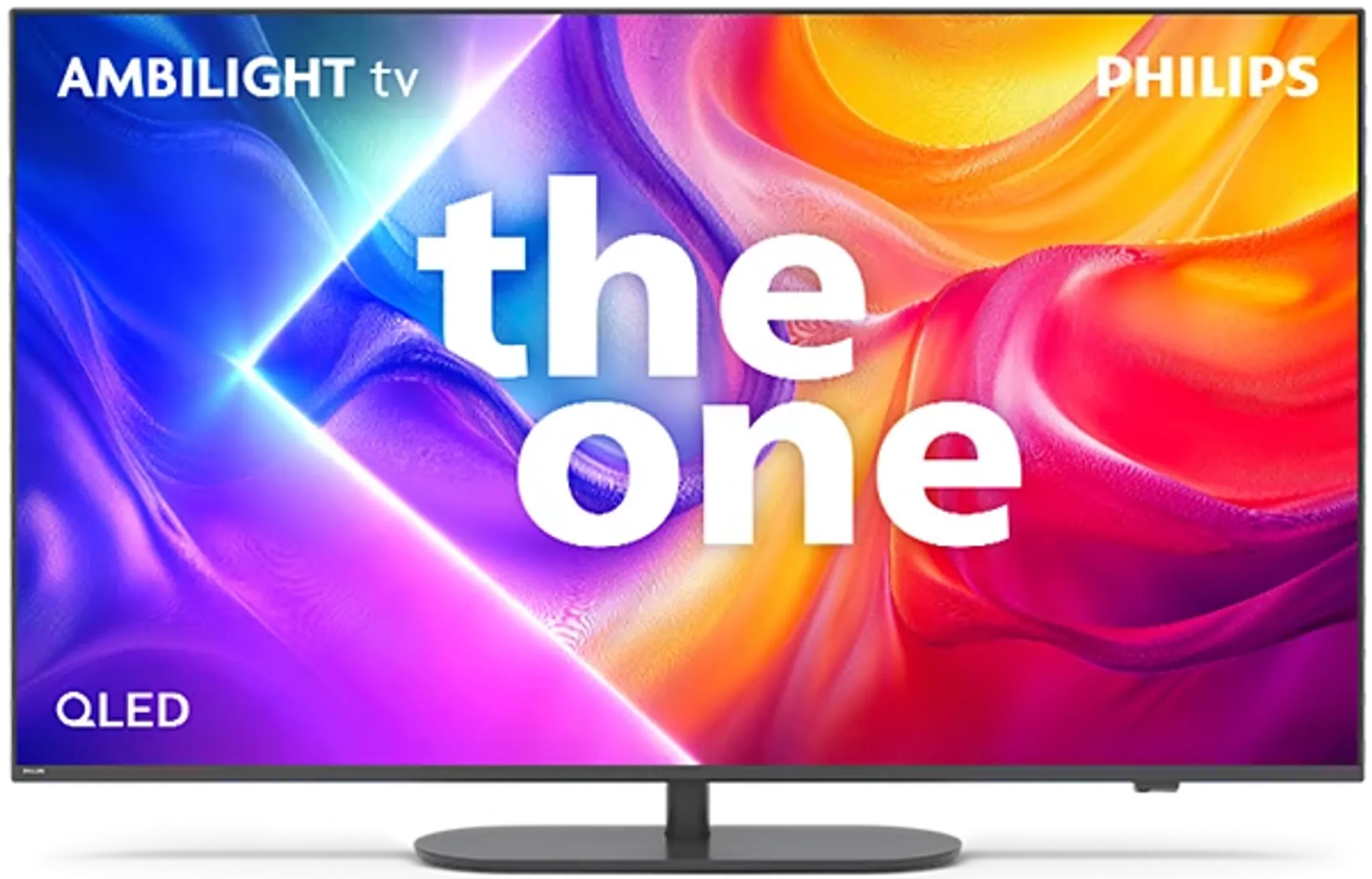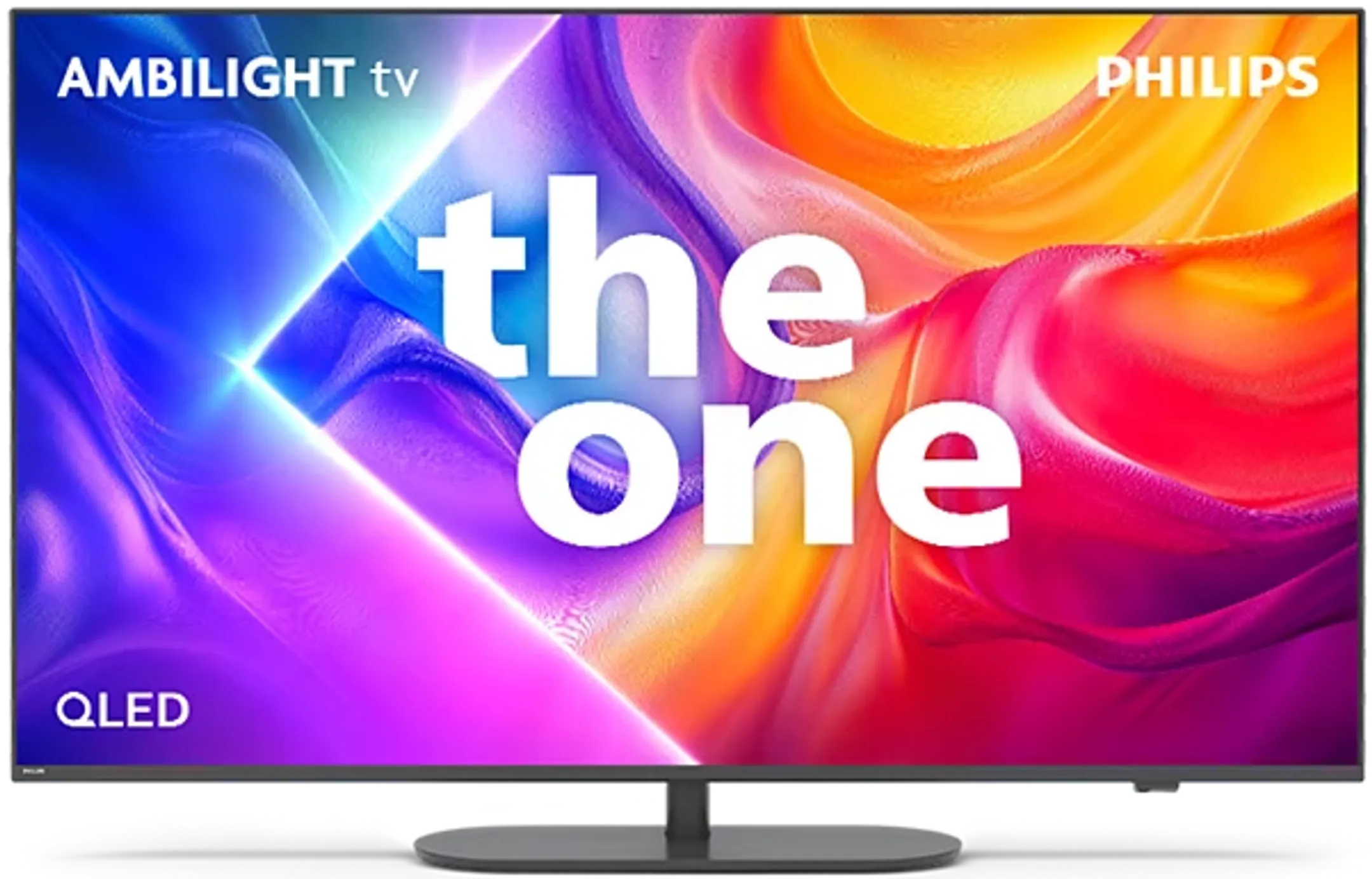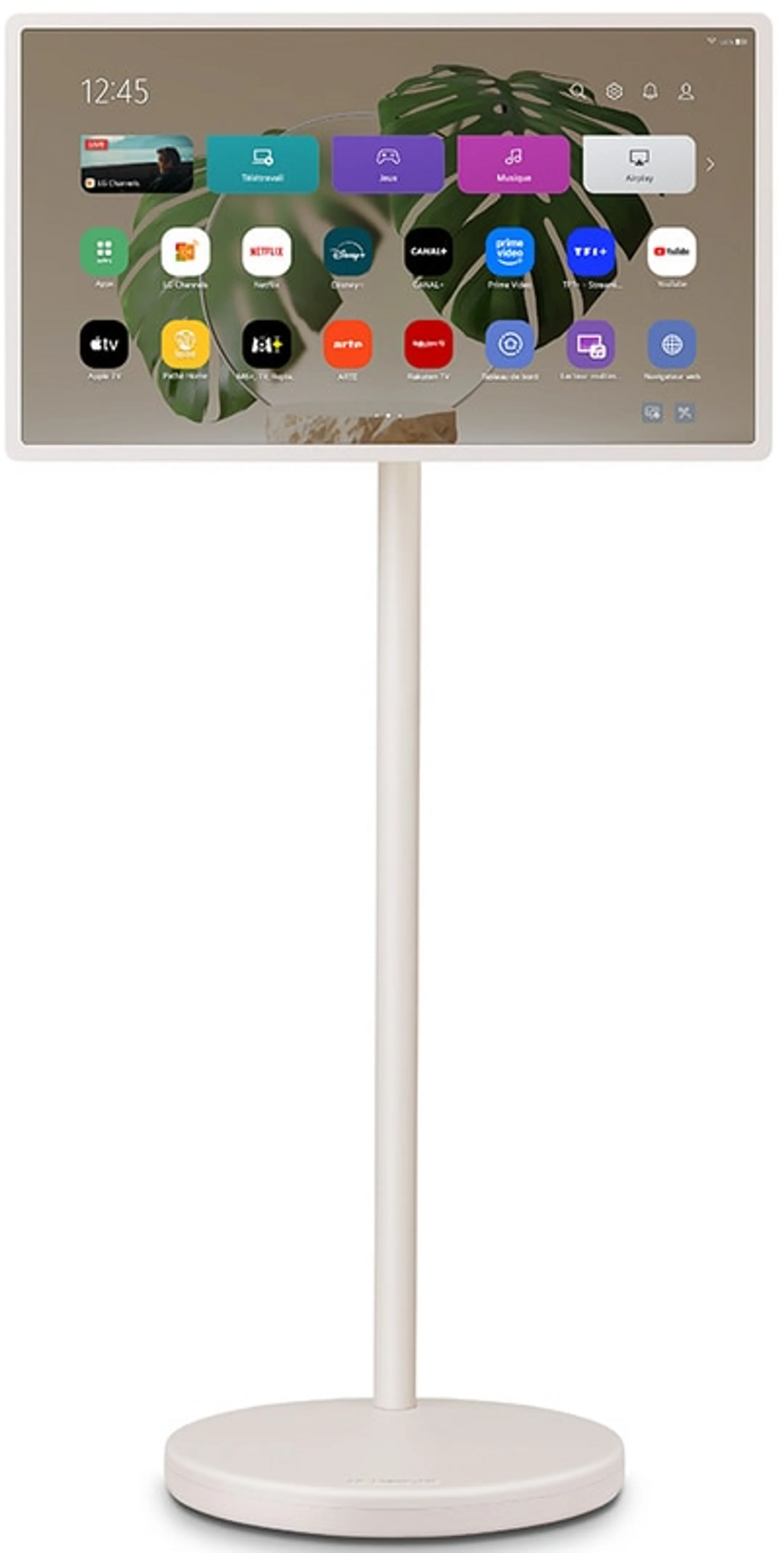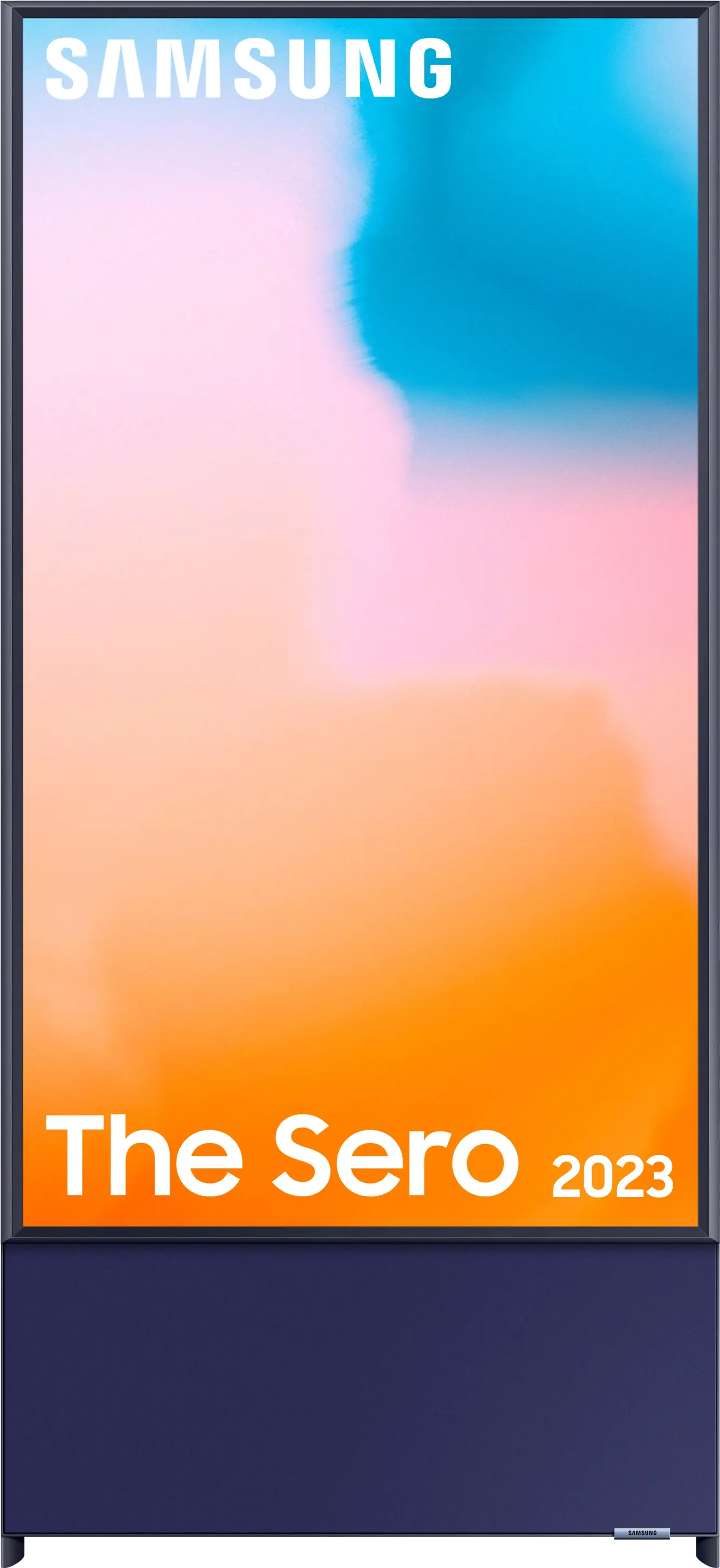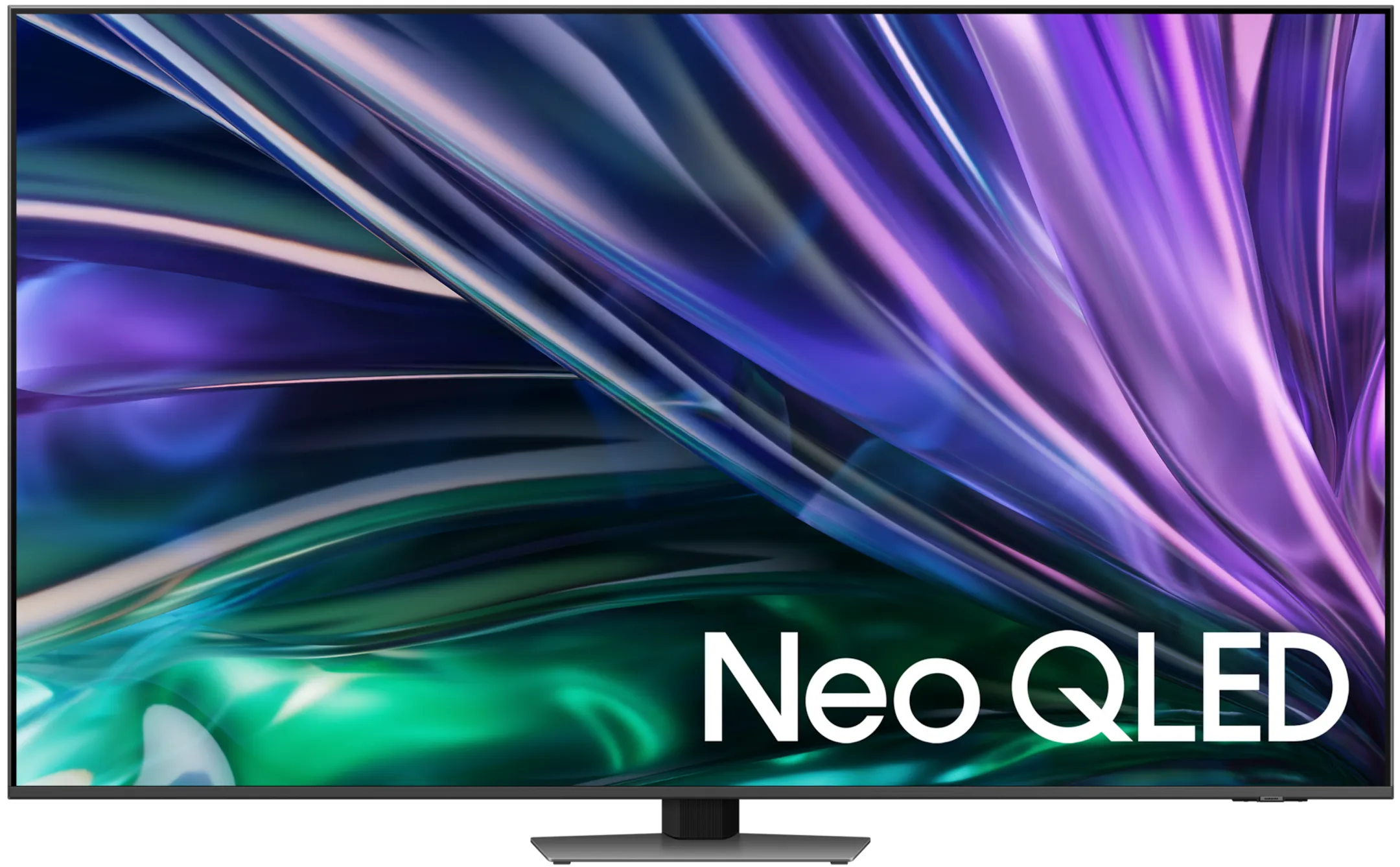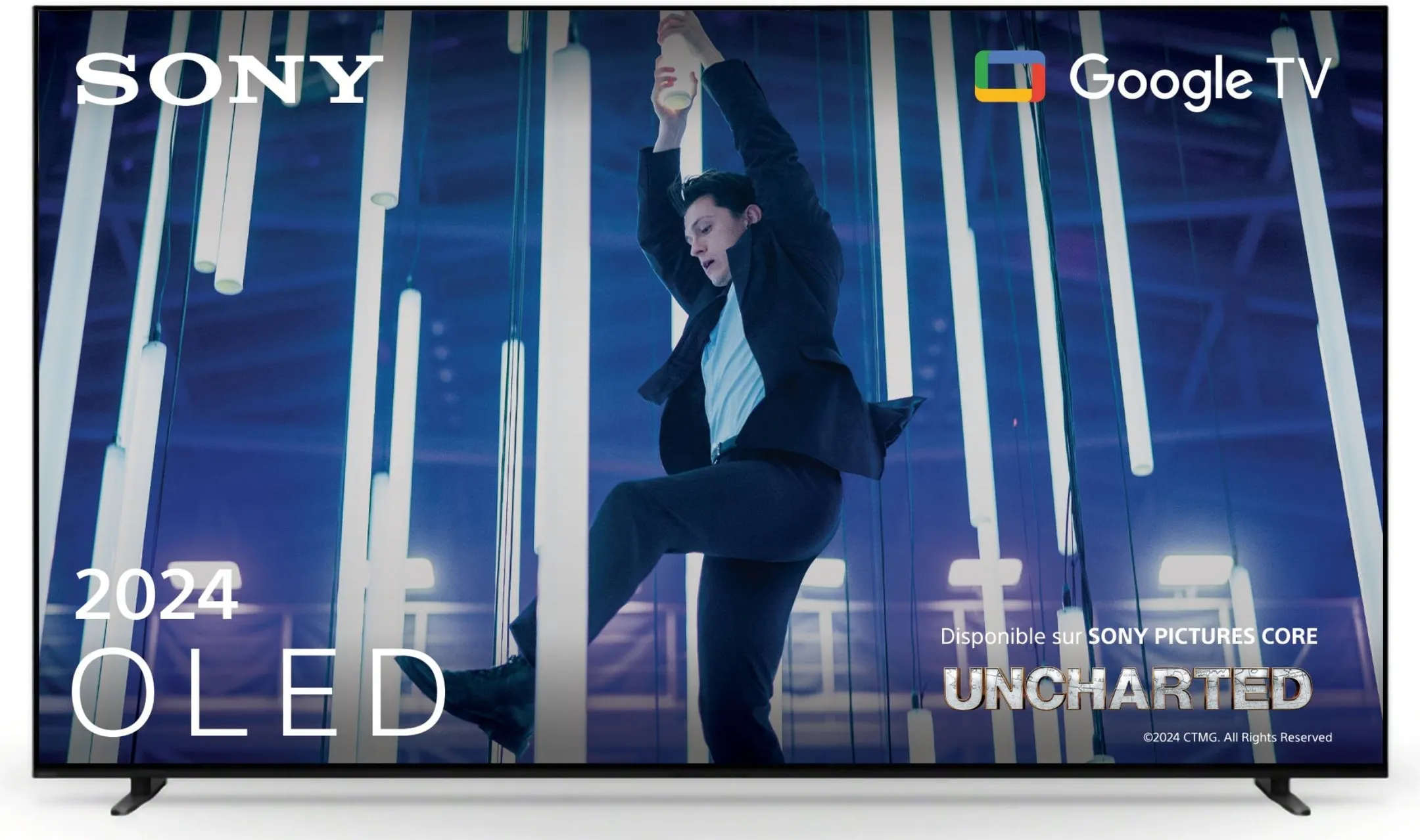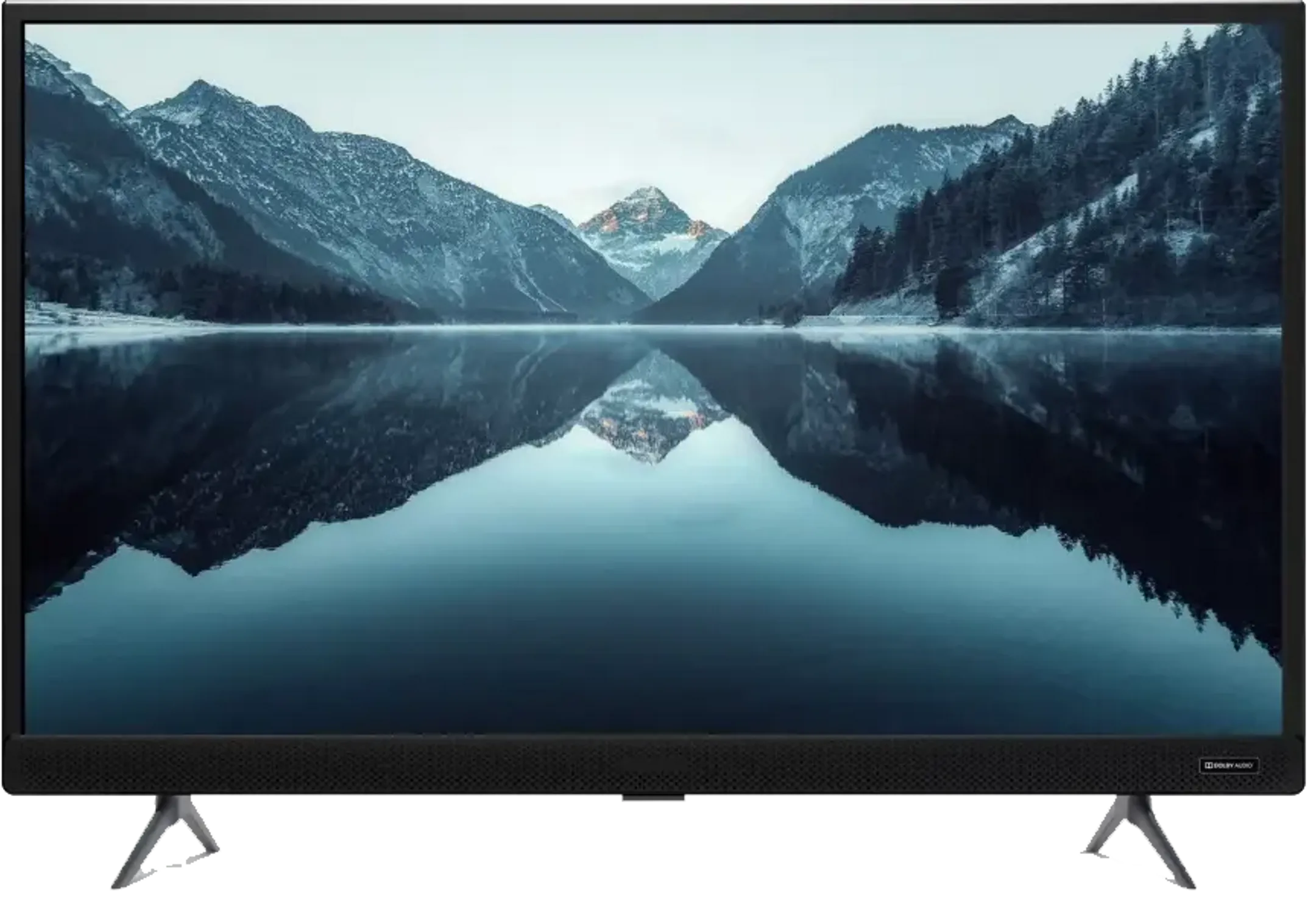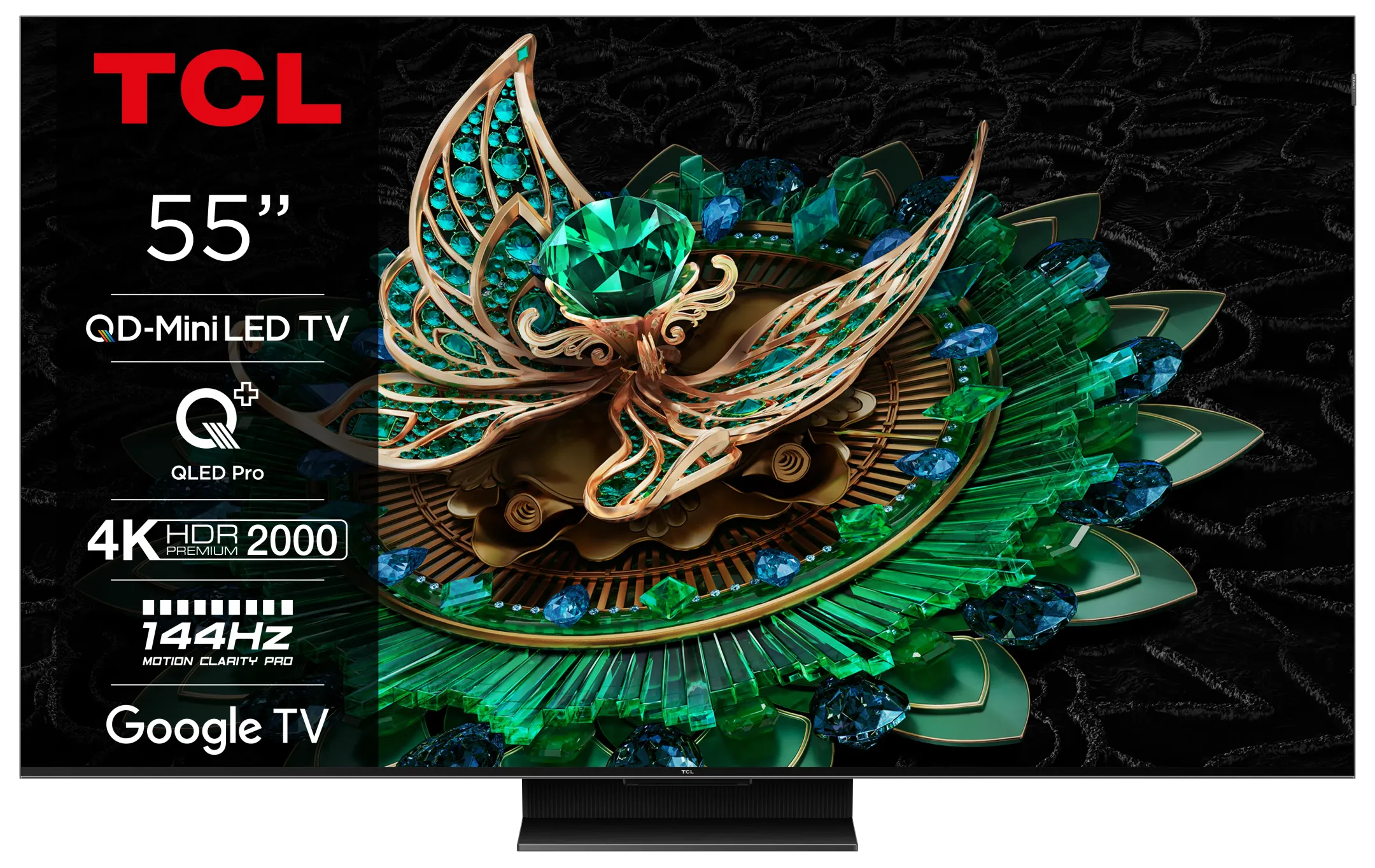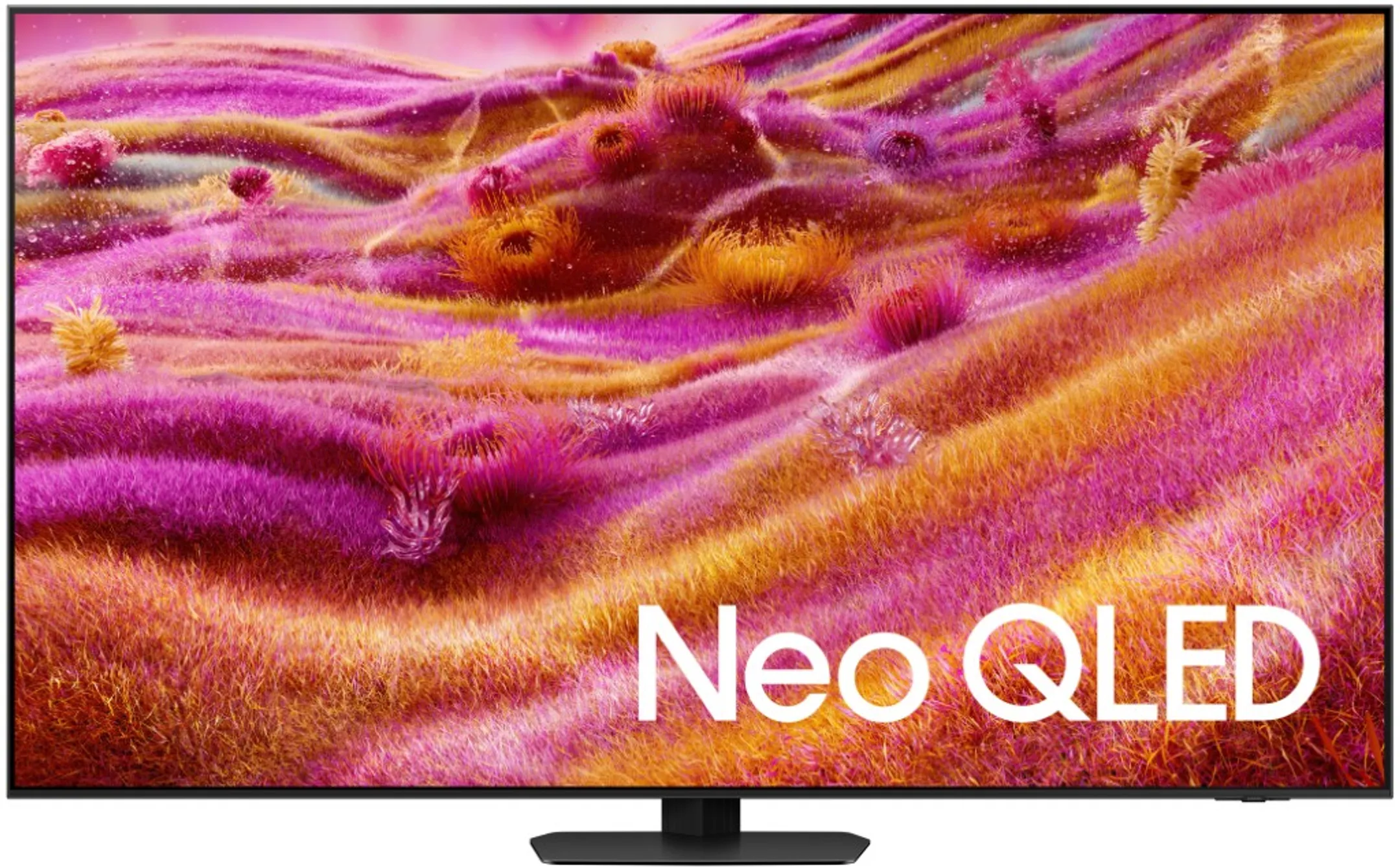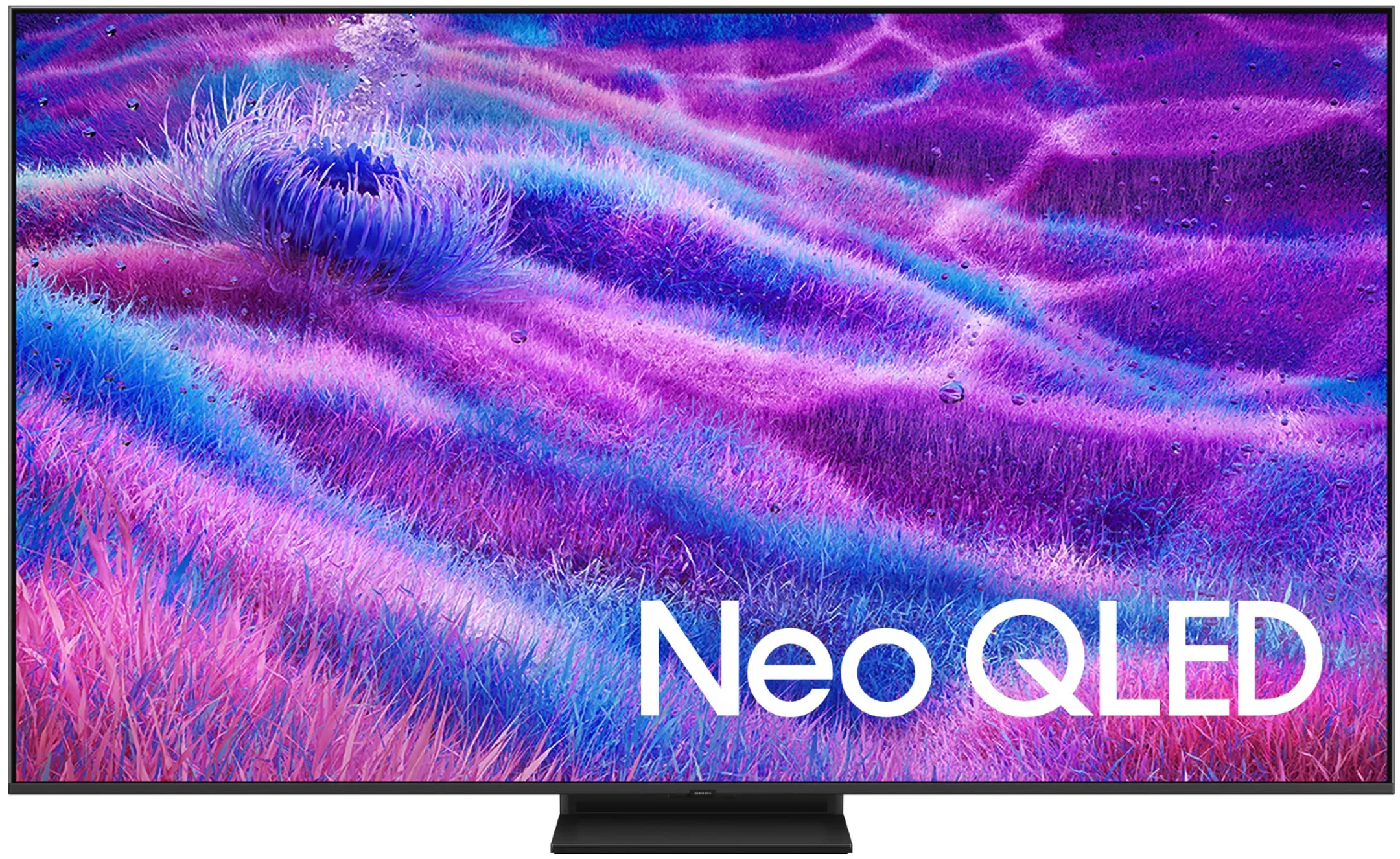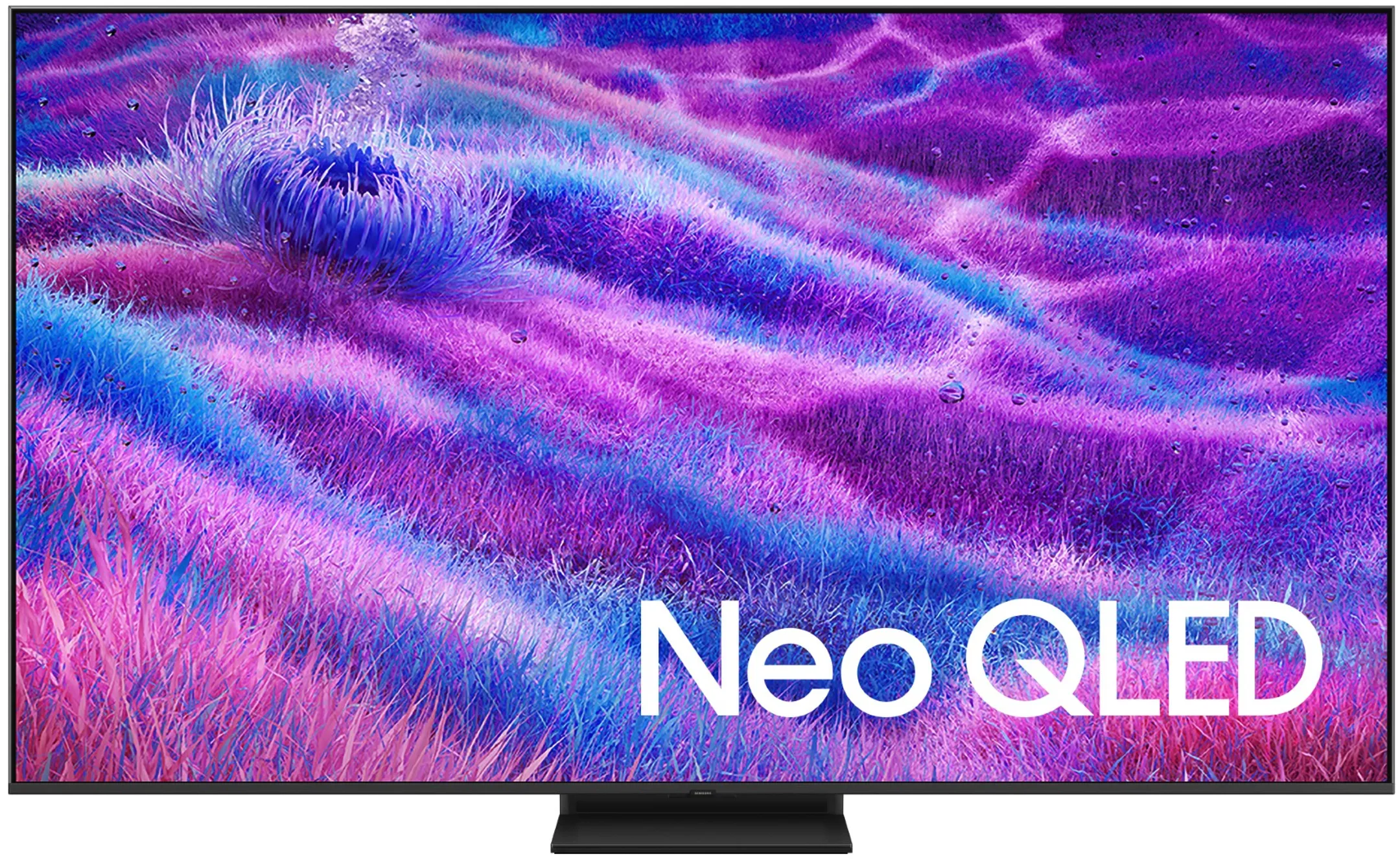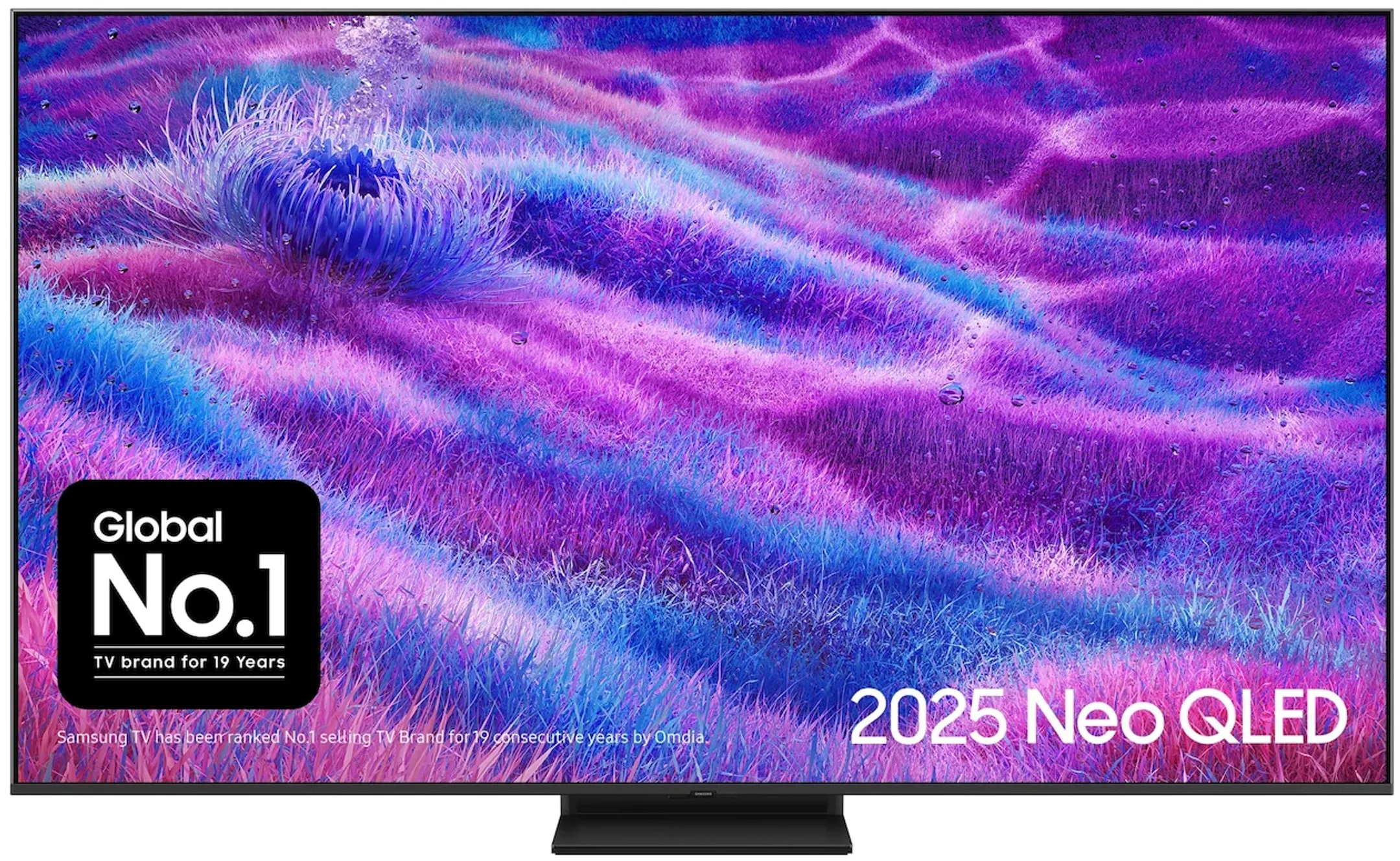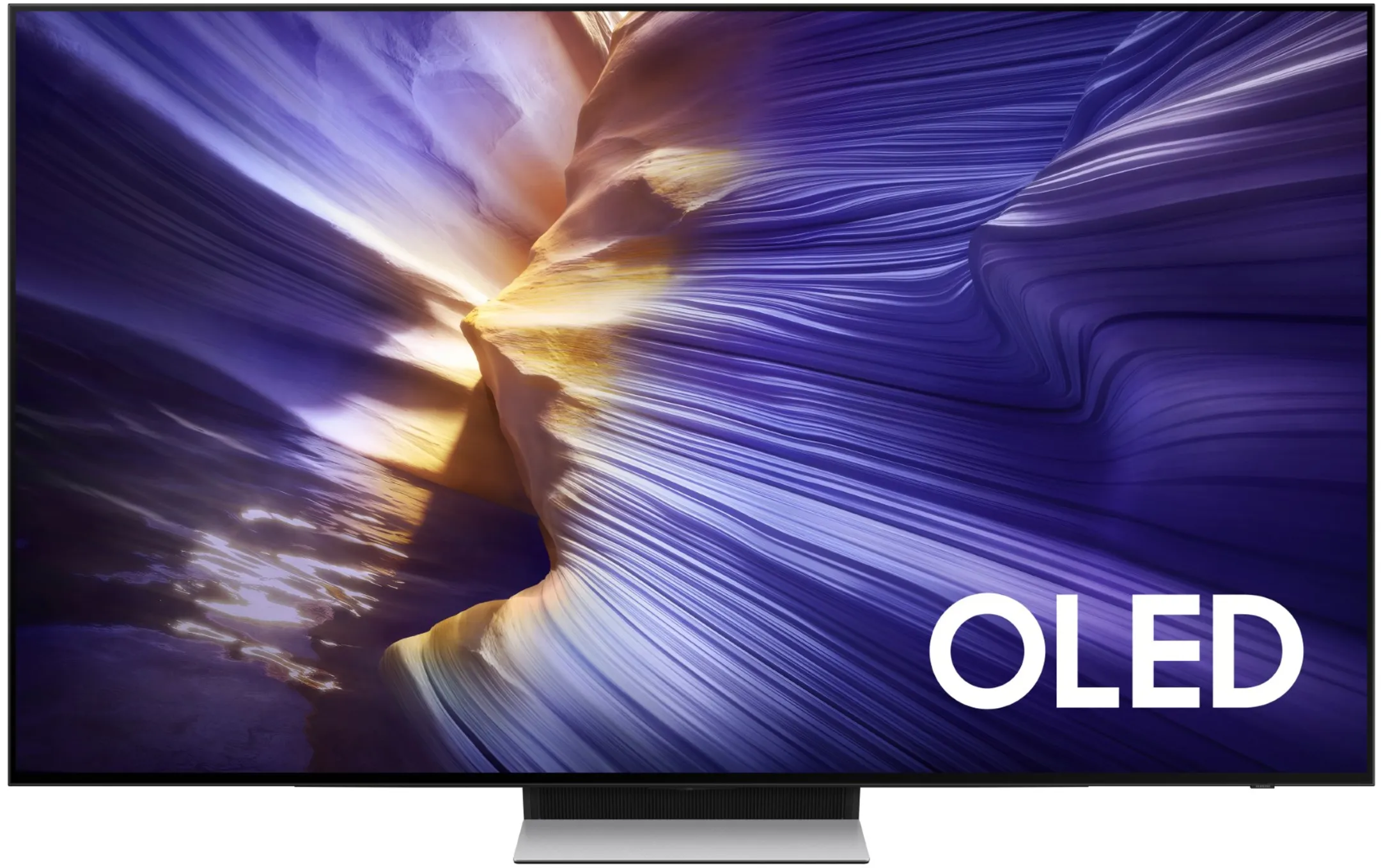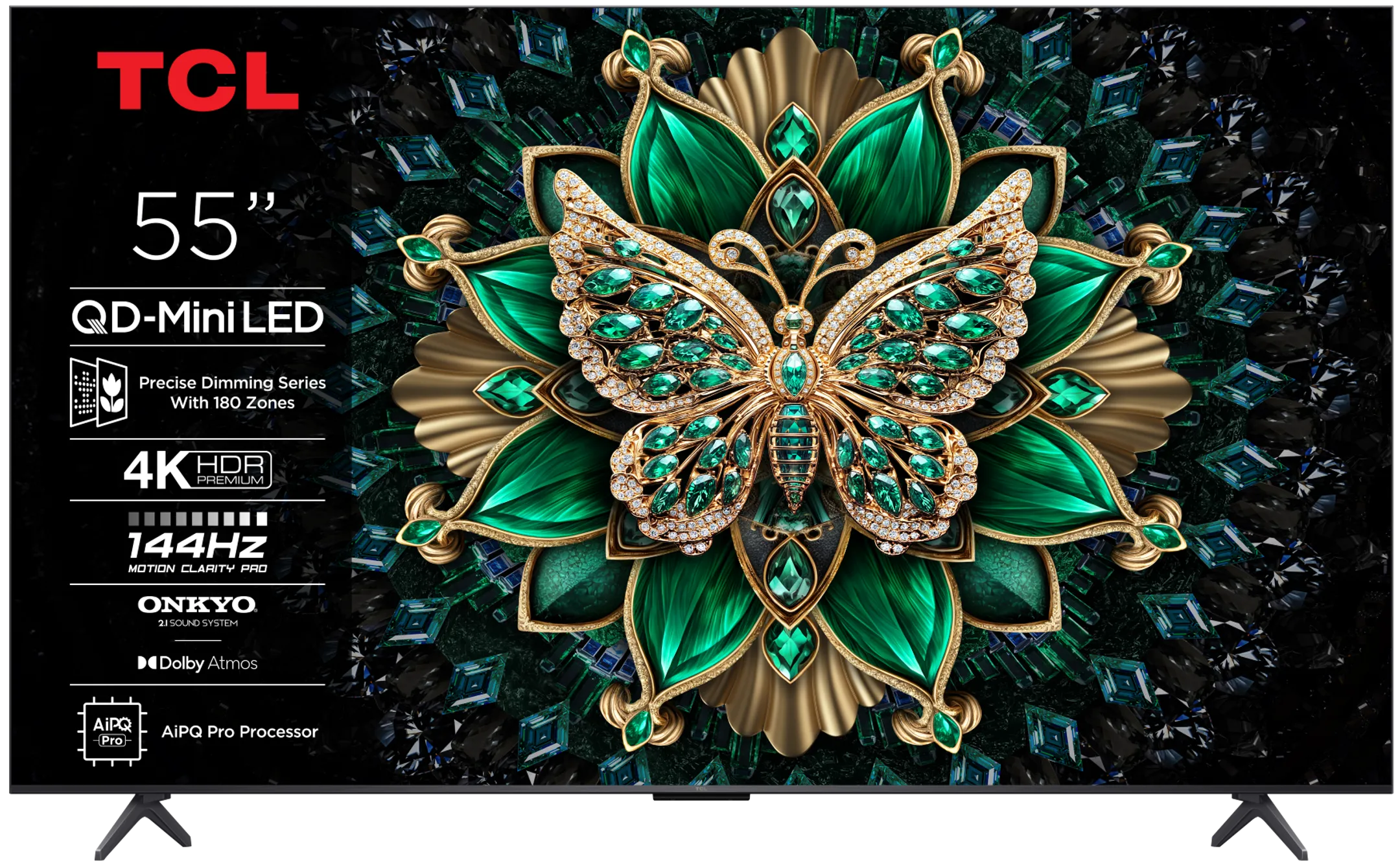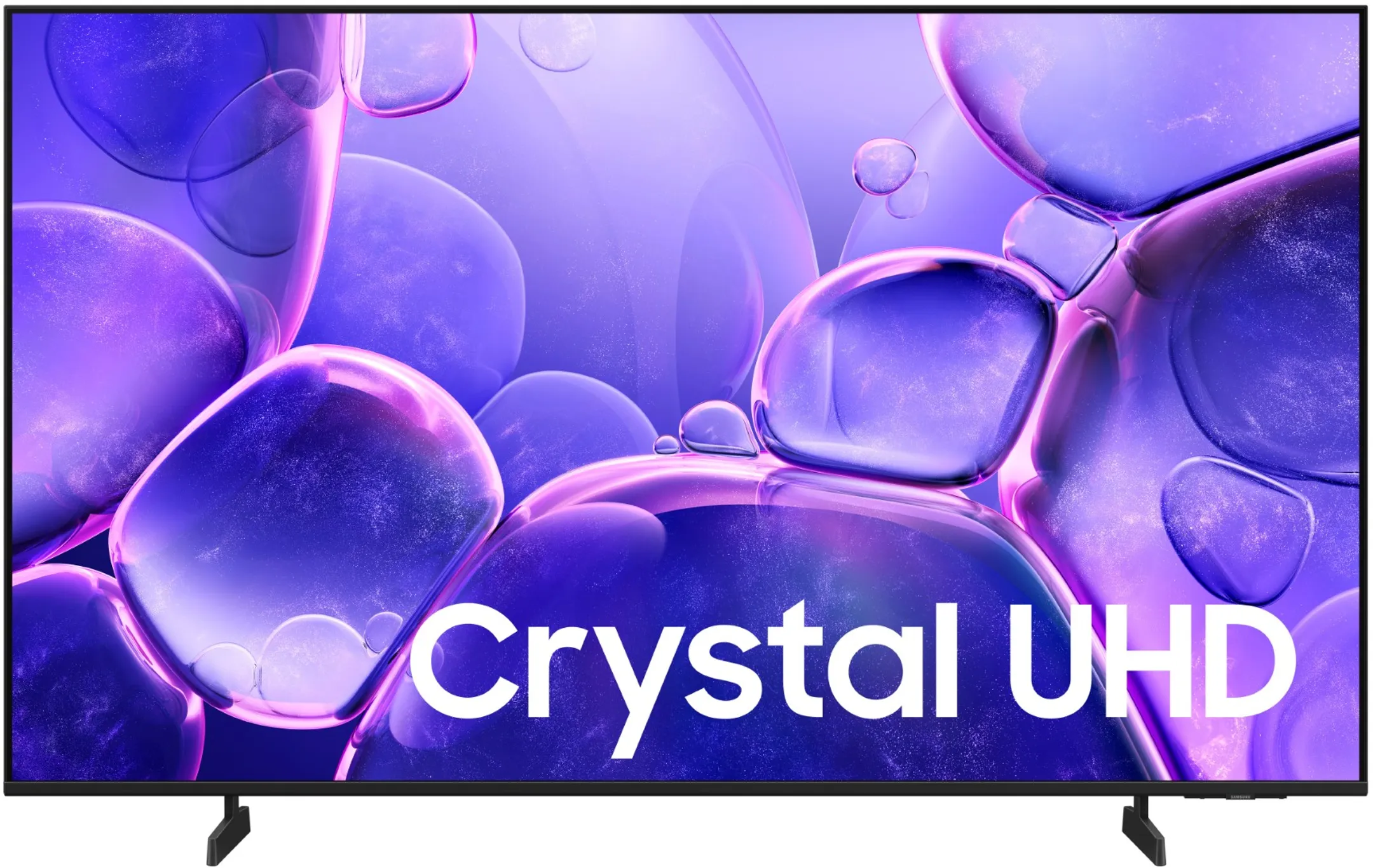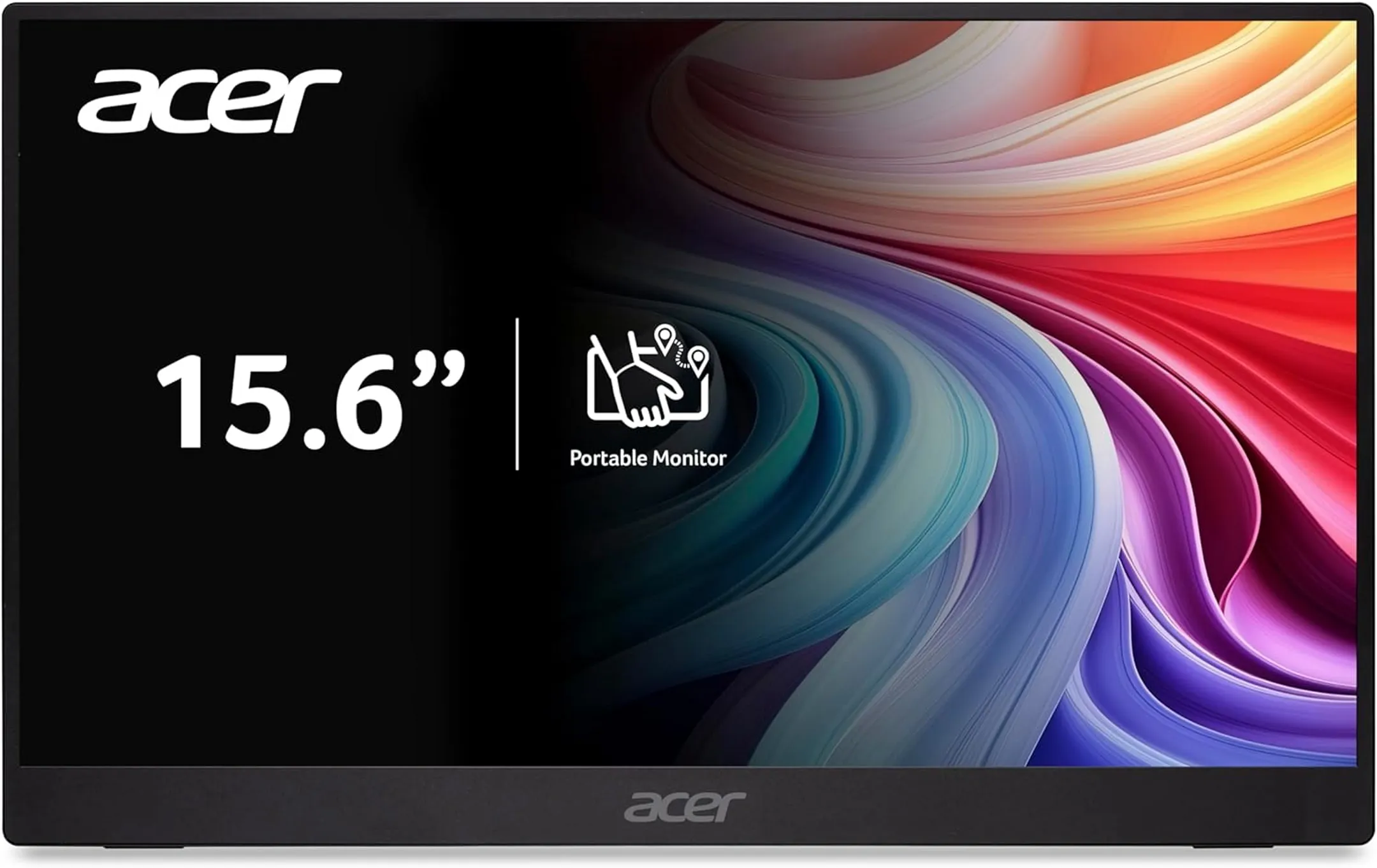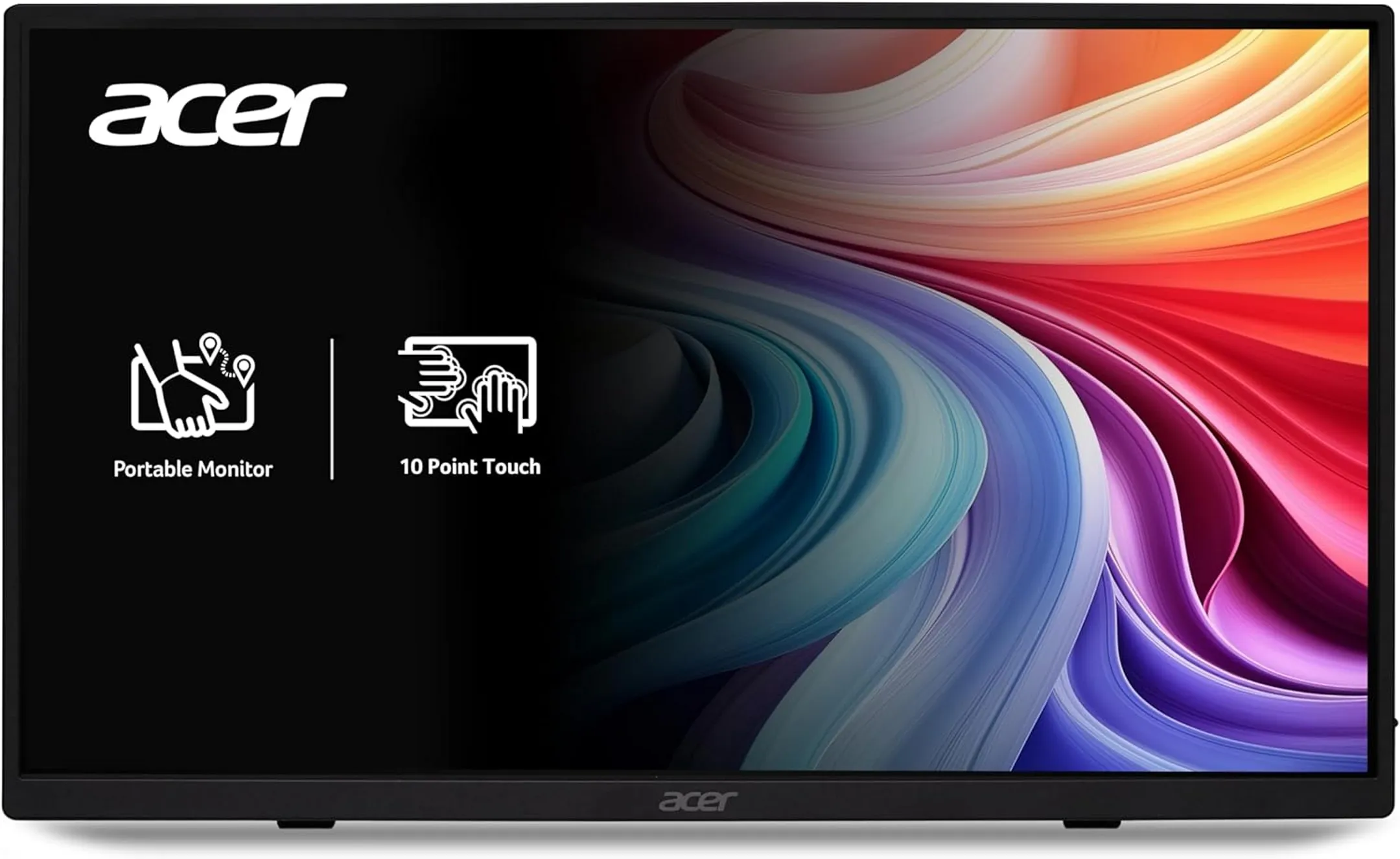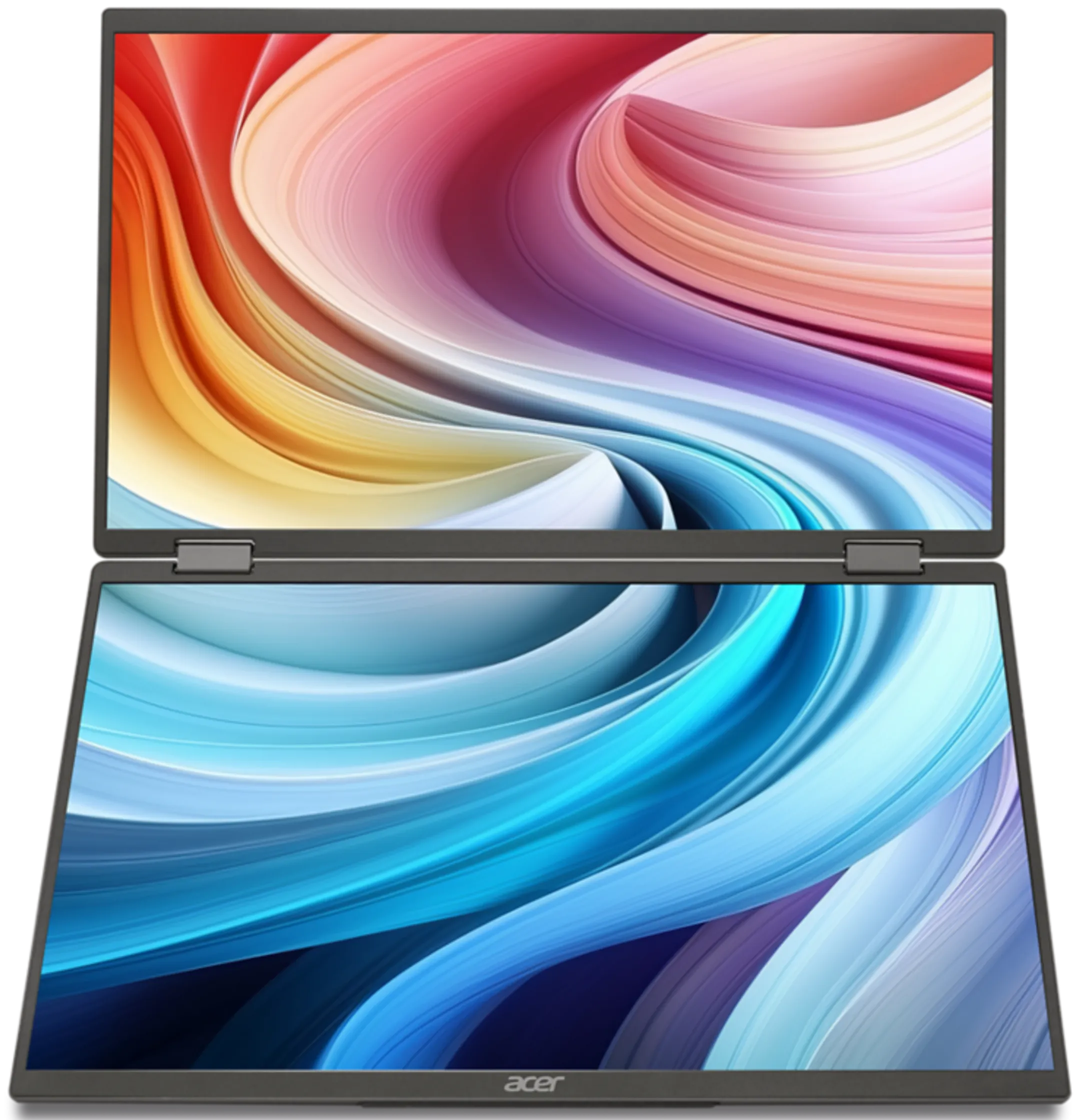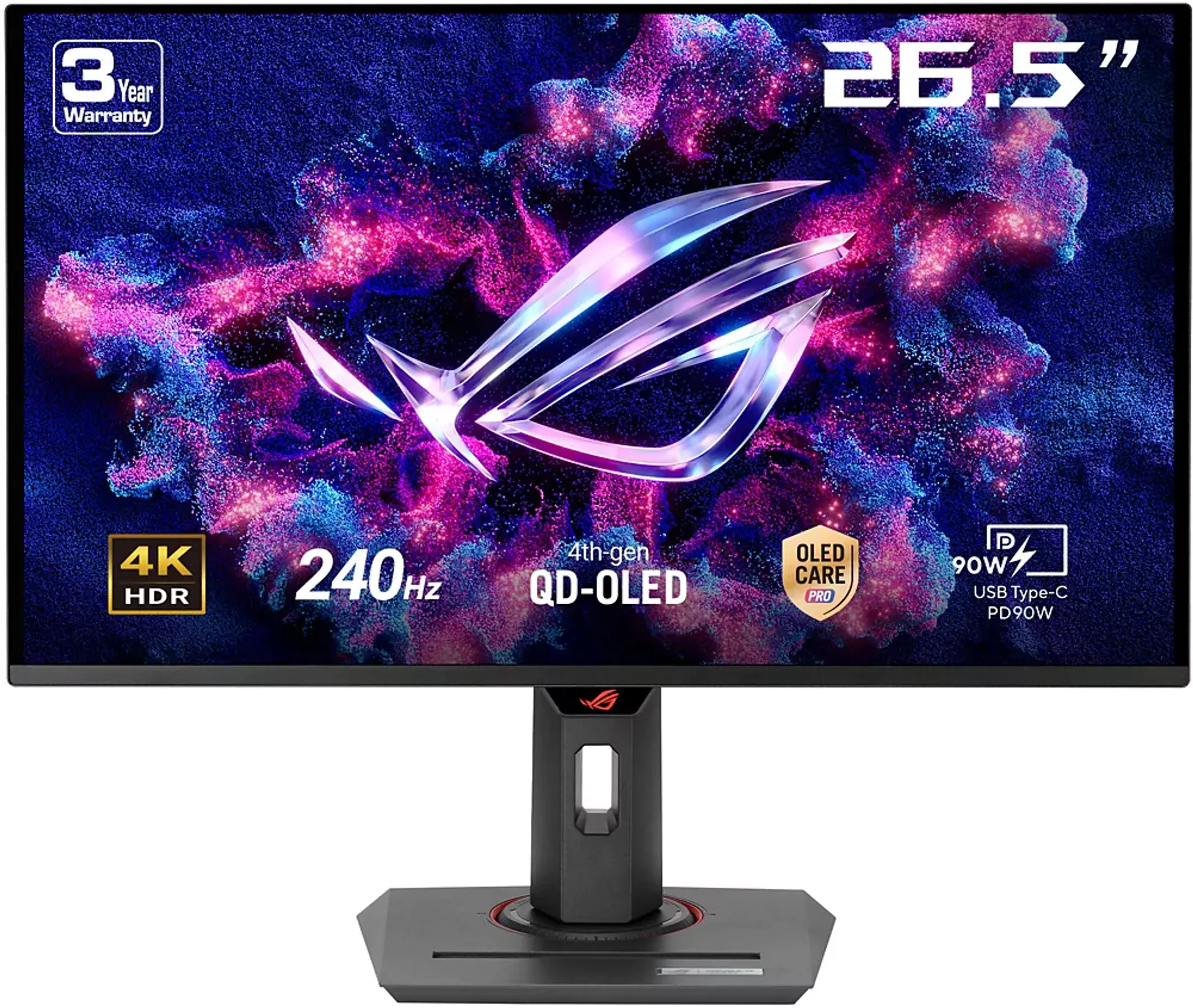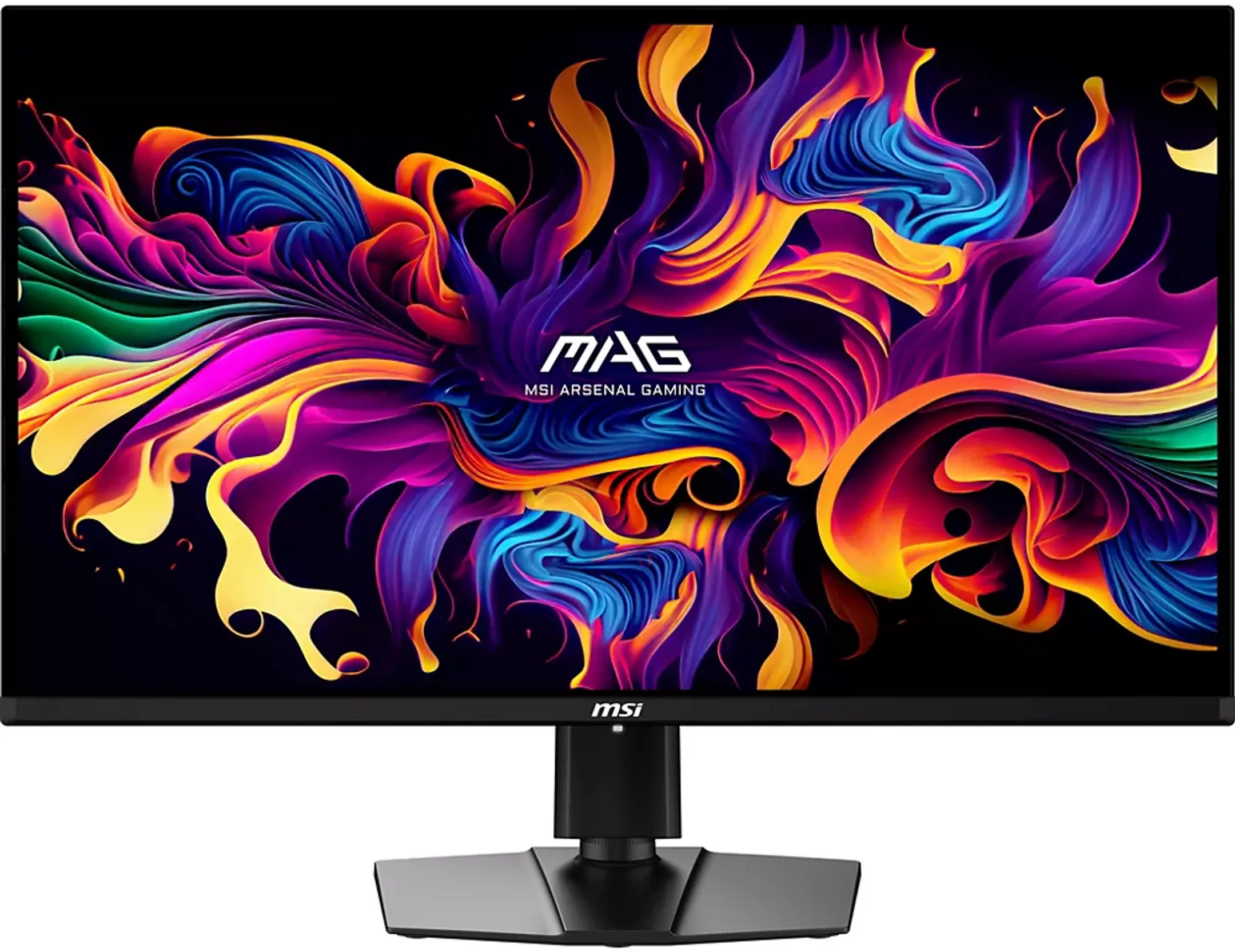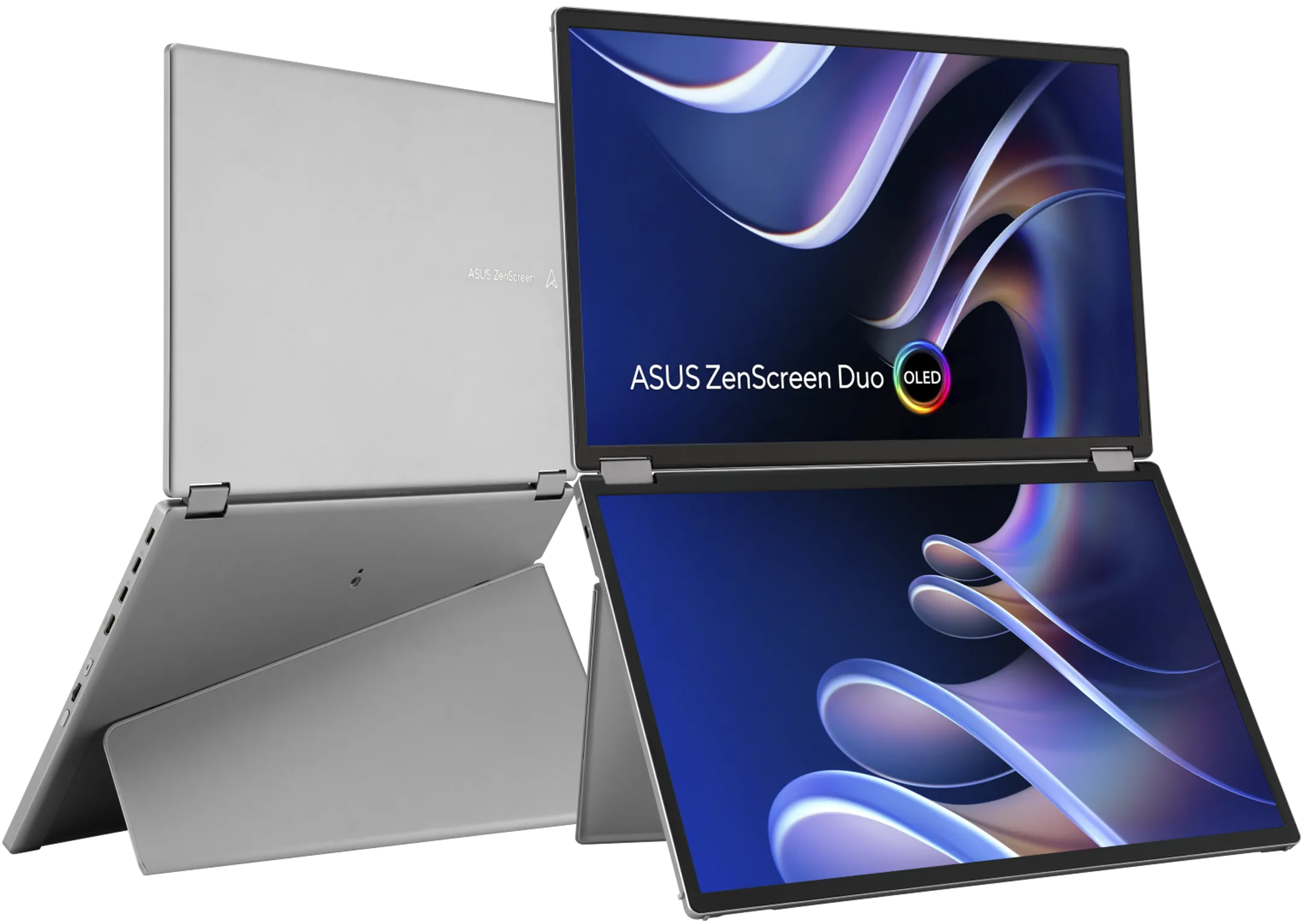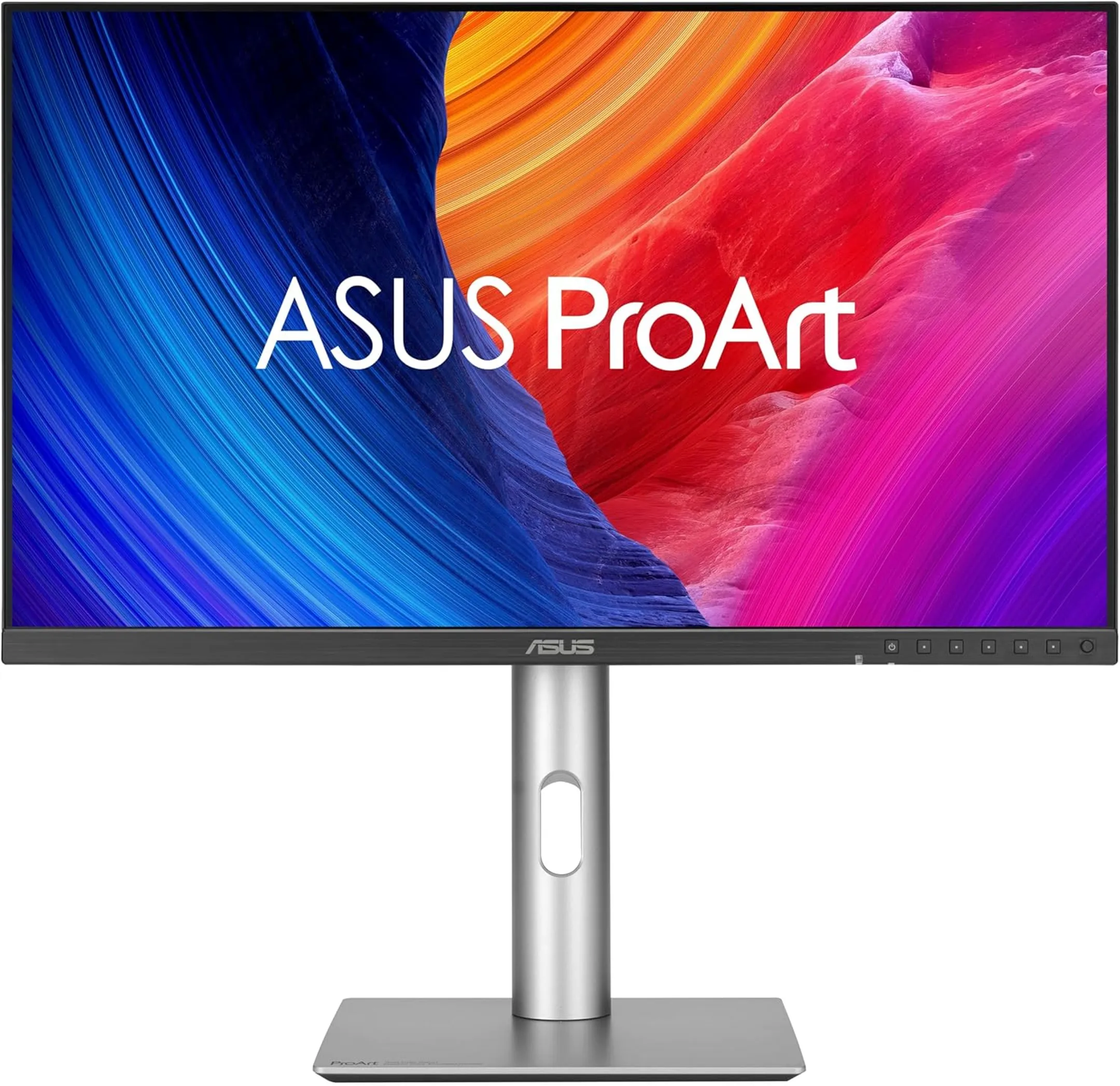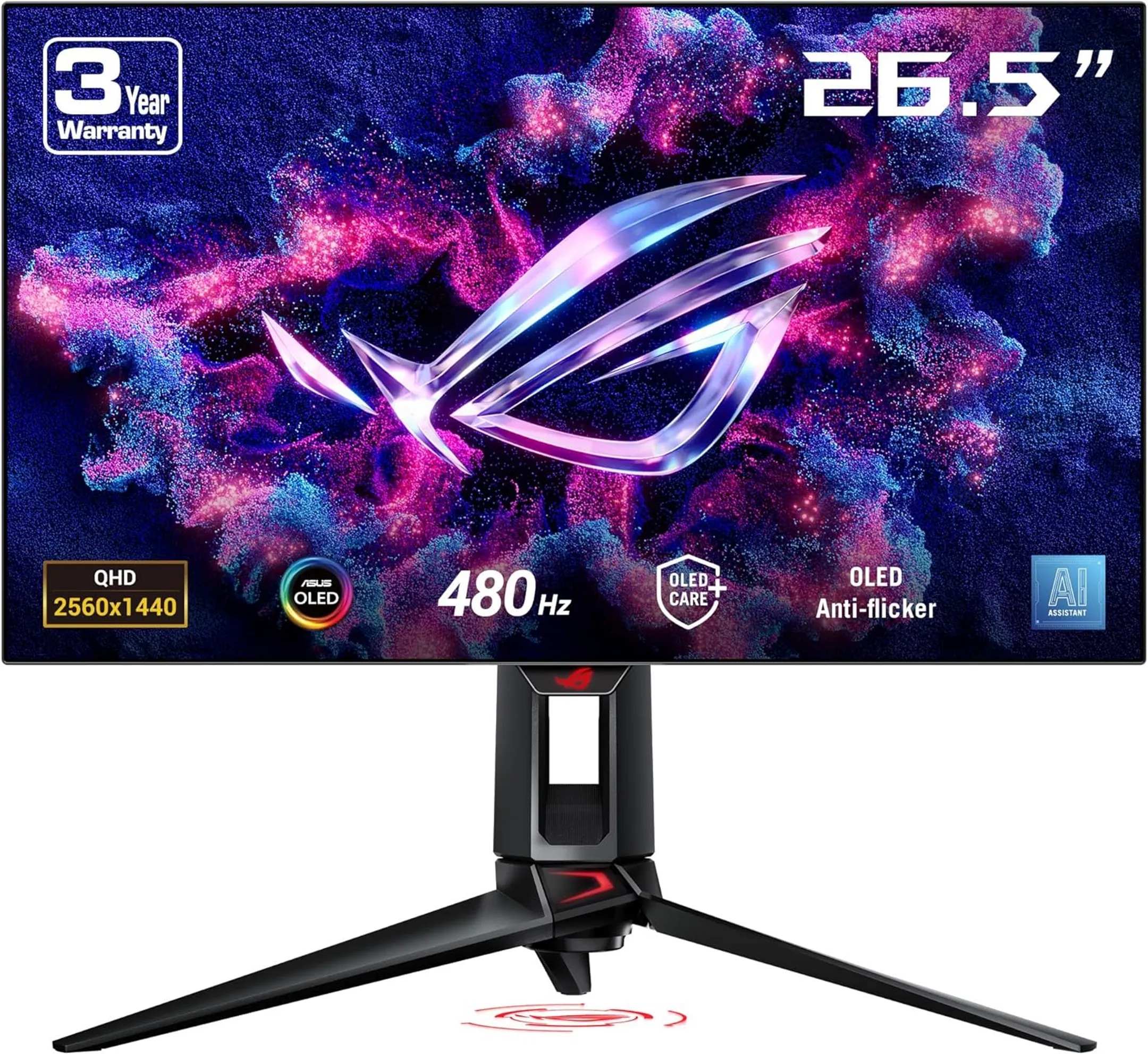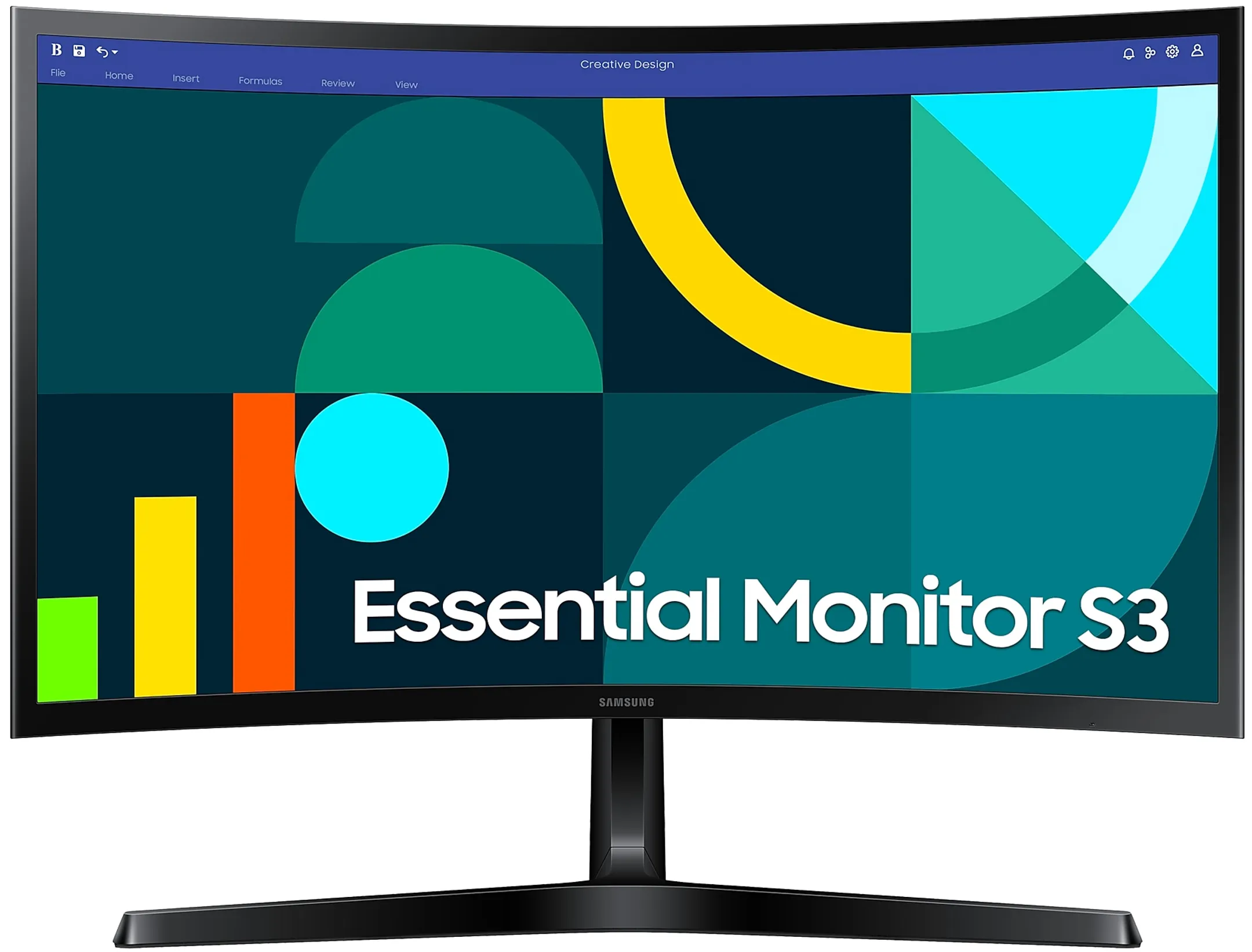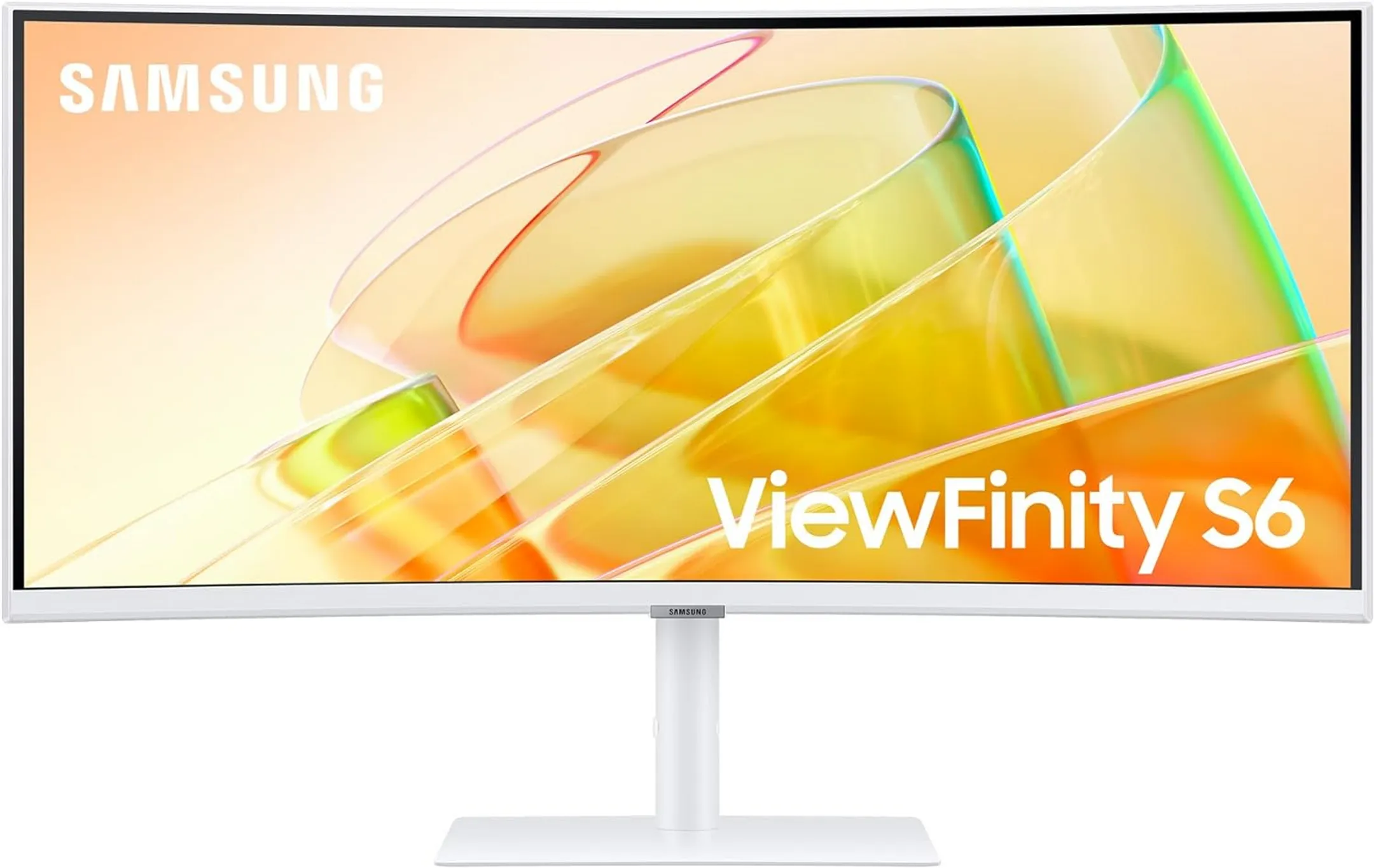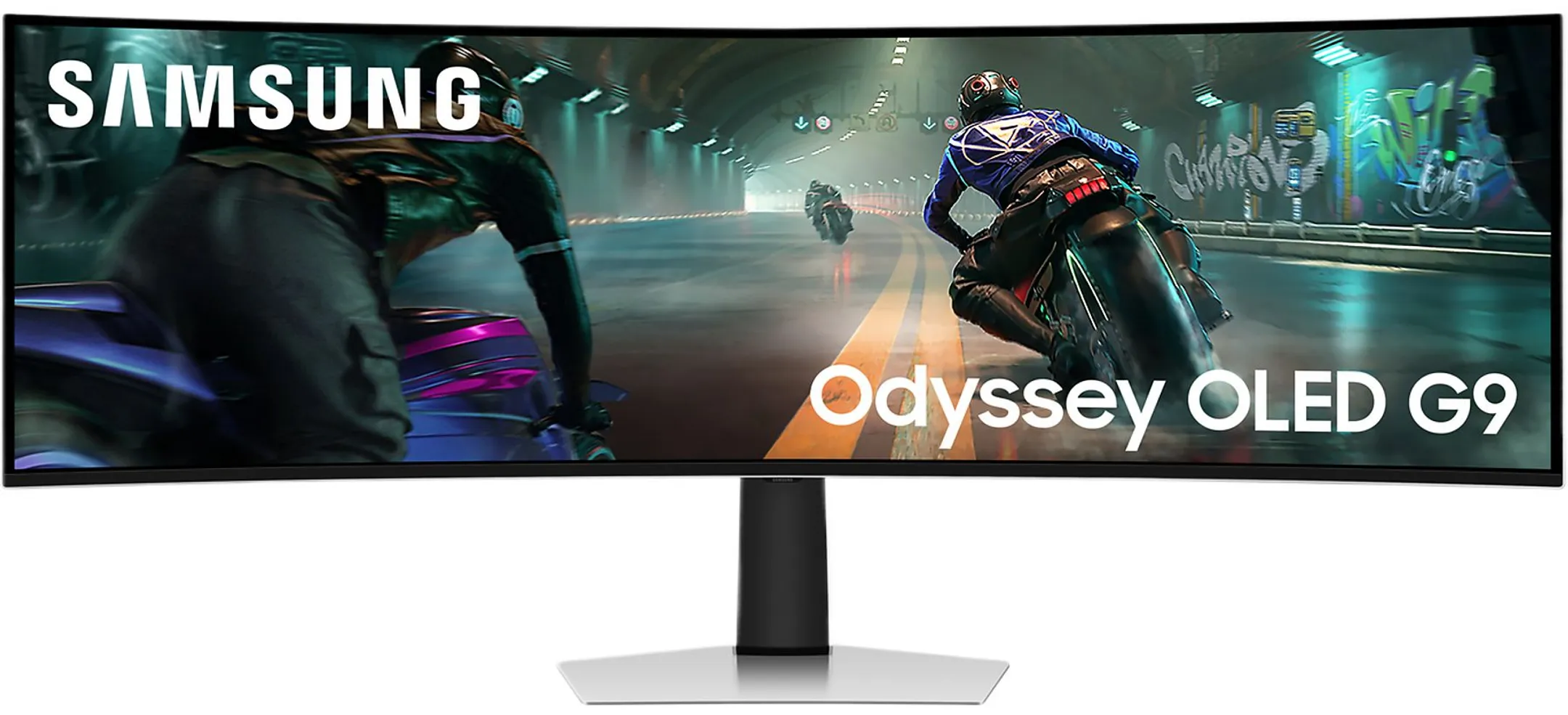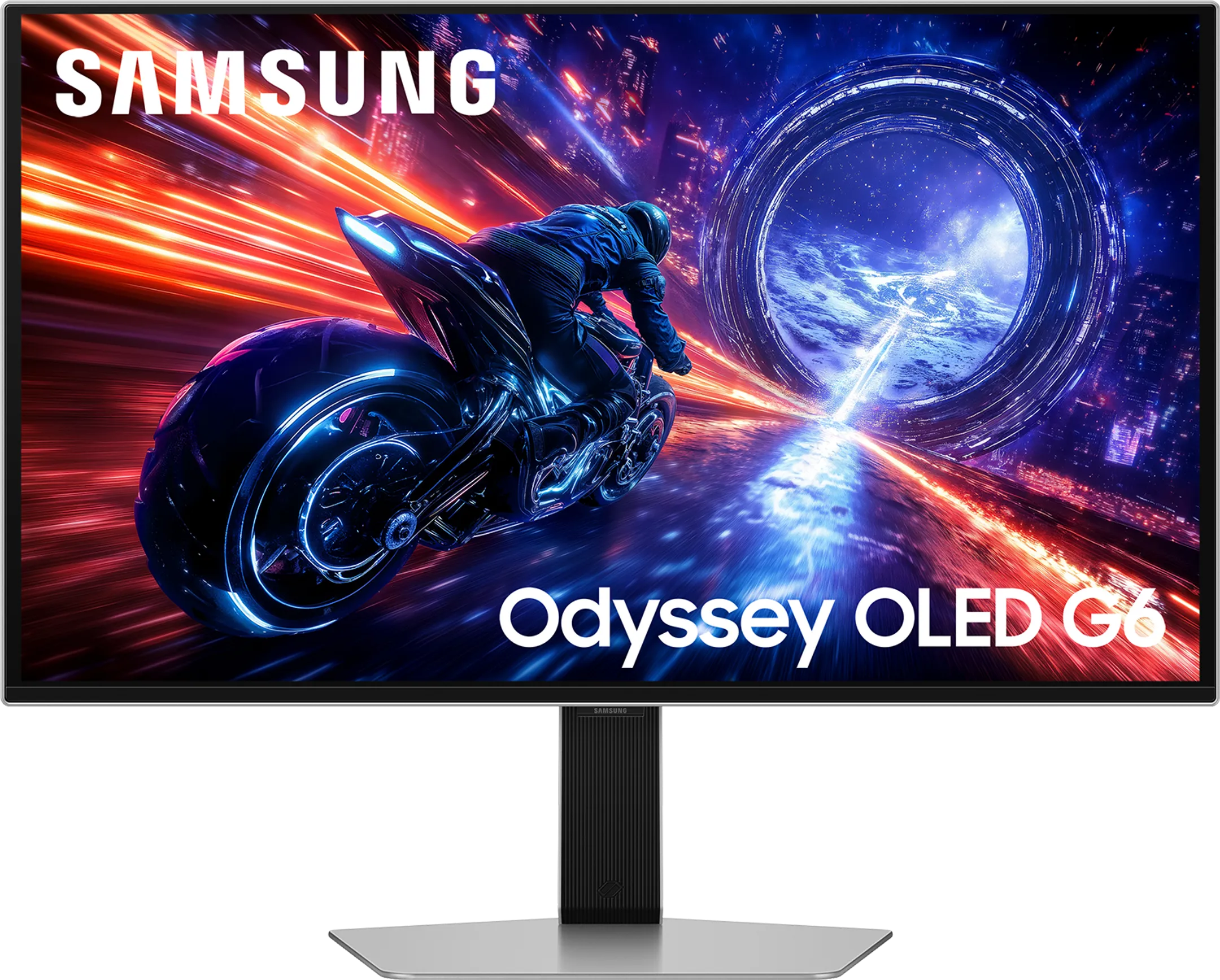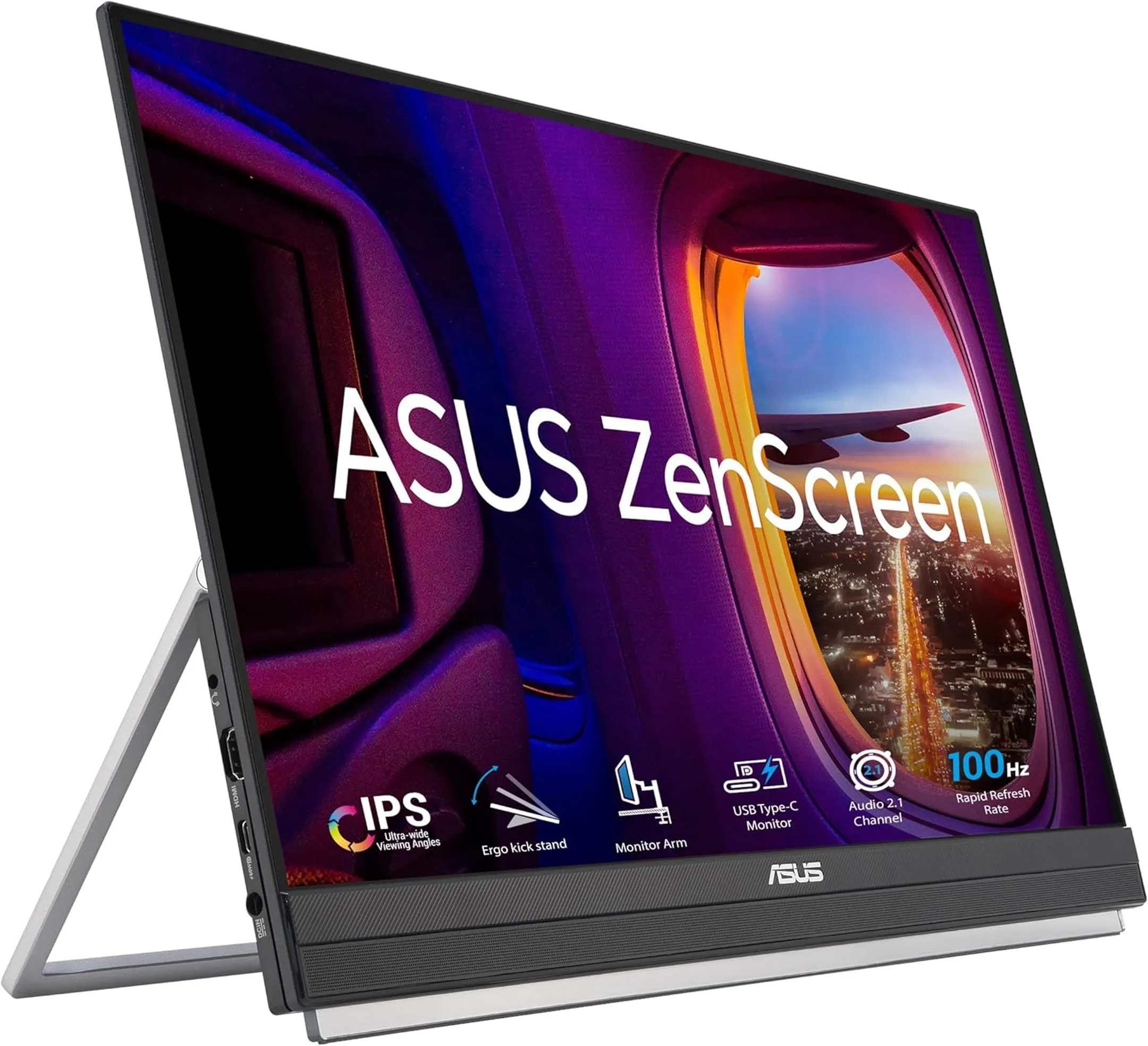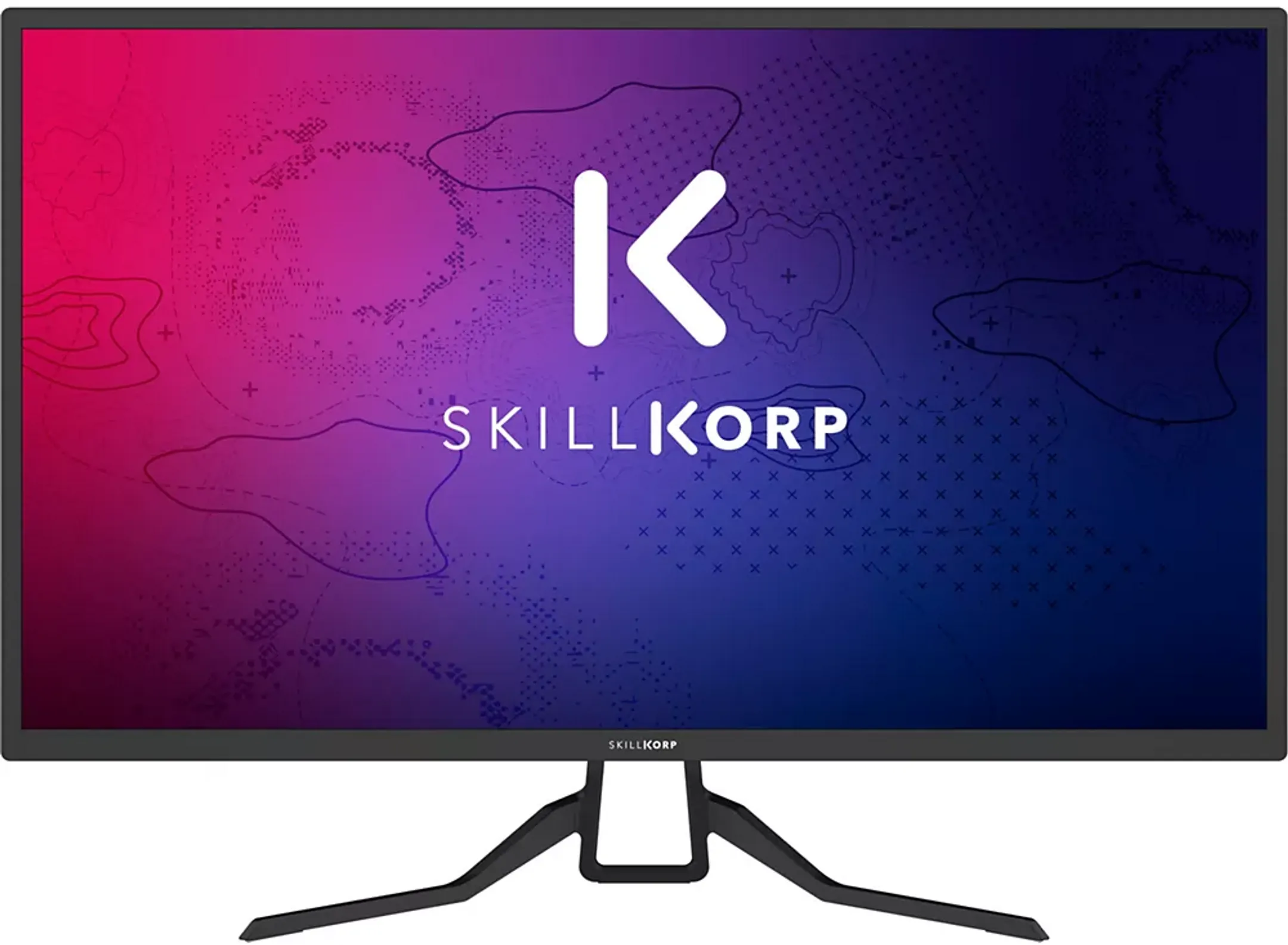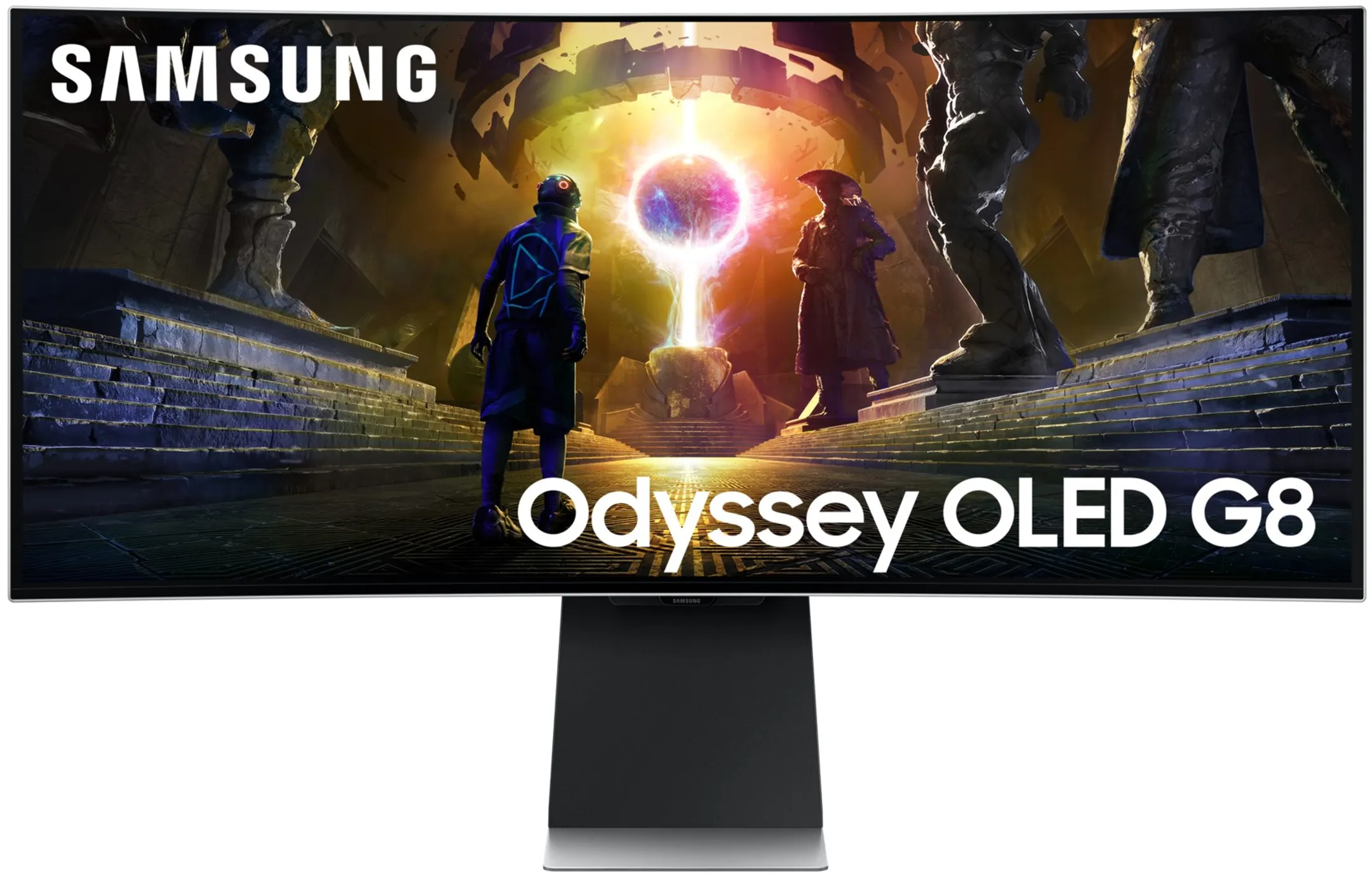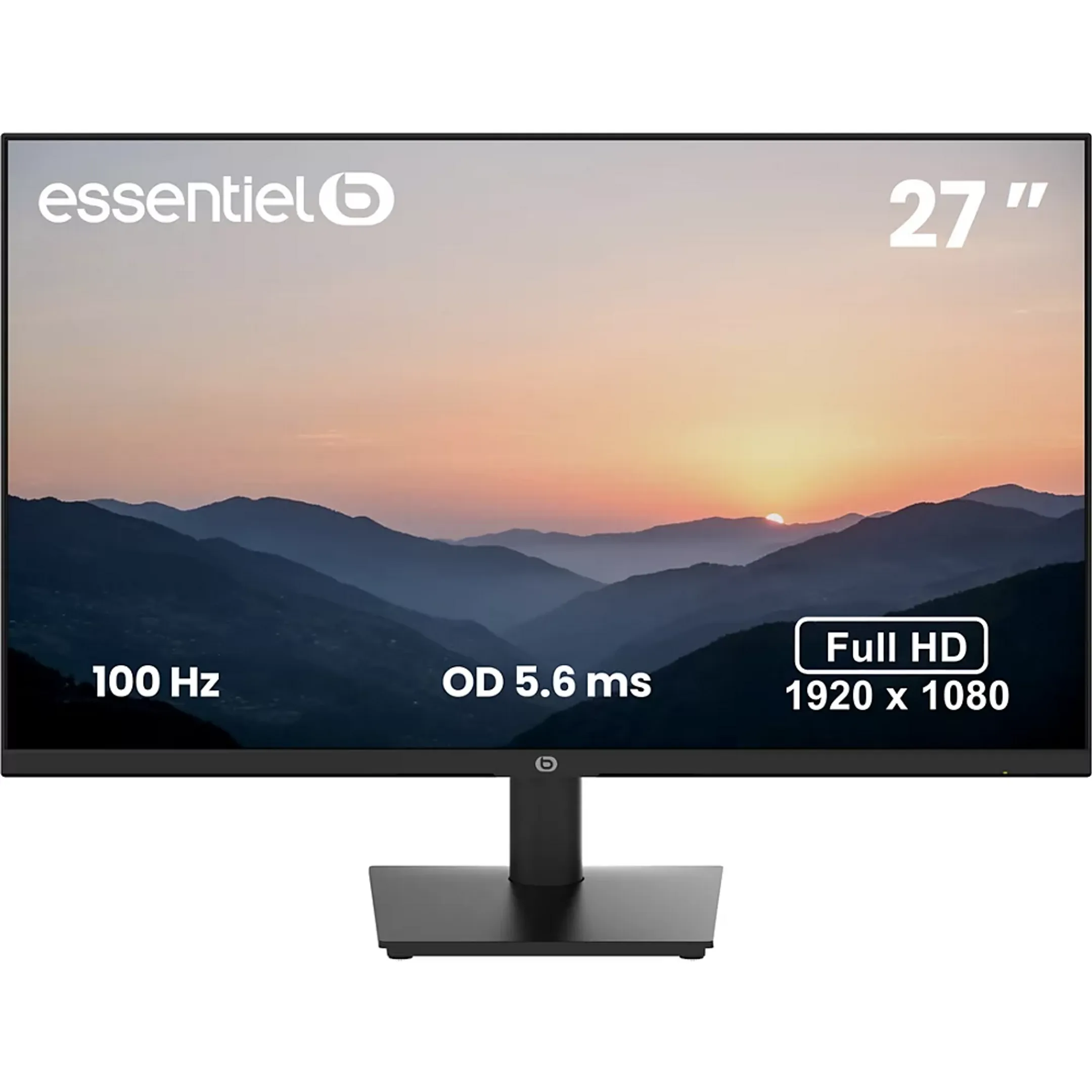New energy labels for TVs and PC monitors
Many electronic devices, including TVs and PC monitors, have received a new energy label since March 1, 2021.
This label is stricter, and the displayed information is much clearer and easier to understand. This allows you to make energy-efficient choices, which is good for both the environment and your wallet.
New energy label for TVs
The old energy label, with classes ranging from A to D, dates back to the 1990s, when household products were far less efficient than today. At the time, an A rating meant the best energy efficiency. But over time, due to technological improvements, additional “+” ratings were added. Many products eventually reached A+++, making the label outdated.
A new energy label has therefore been introduced, using a scale from A to G. Class A will initially remain empty to leave room for future products with exceptionally high efficiency. Today’s most energy-efficient products will typically be rated no higher than B. With this system, the EU aims to encourage manufacturers to develop even lower energy consumption devices.
In addition, a maximum energy consumption limit has been imposed. Devices that do not meet the maximum energy efficiency index will not be allowed on the market, and existing models that do not comply may no longer be sold after December 1, 2021. This standard will continue to become stricter in the coming years.
Currently, nearly all TVs fall under class G, and you won’t find a single model rated higher than E. However, this does not mean that TVs are suddenly much less energy-efficient. Their performance remains the same — the new standards are simply much stricter. A TV with an E rating on the new label may actually be more energy-efficient than one with a B rating on the old label.
Note: Some models will still be sold with the old label until November 30. You can recognize this label by its blue border and the rating scale from A+++ to D.

The new energy labels
Details by category: Washing Machines | Washer-Dryers | Dishwashers | Refrigerators and Freezers | Wine Coolers | Televisions
Updated on August 12, 2025
